Whoever moves within Berlin’s contemporary design scene and creative circles cannot dismiss one particular couple: Tyrolean Herbert Hofmann and his boyfriend Sigurd Larsen. This pair have made their mark while living Berlin in the past four years.
As a young architect and furniture designer, Sigurd lived in New York before settling down in Germany’s capital. In recent years the native Dane has made a name for himself through his designs across the globe. One finds many of his creations in the concept store Voo. The fashion and lifestyle store located inside a courtyard – once housing a locksmith workshop – rapidly stirred up the neighborhood with its unique flair and selection of products conceived by Herbert. For two years the former geography student has lured fashion addicts from around the world to the corners of Kreuzberg.
The two met at the legendary techno club Berghain. This fleeting encounter eventually resulted in an unlikely solid four-year relationship. Together Herbert and Sigurd live on the fifth floor in an old building located in midst of Graefekiez in Kreuzberg. Inside, one can find Sigurd’s minimalist furniture collection and observe Herbert’s penchant for discovering unusual details, that invite a seemingly never-ending voyage of exploration. From their well lit apartment they enjoy direct access the building’s rooftop. Here, not only do they have the opportunity to gaze over their beloved Kreuzberg, but also to experience a sense of nostalgia. The subtle association to the undulating Tyrolean mountainscapes and closeness to water, akin to the vastness of Denmark’s coast might just be another factor that enticed the couple to remain within Berlin’s rich tapestry of daily life.
This story is featured in our second book, Freunde von Freunden: Friends, order within Germany here, or find the book internationally at selected retailers.
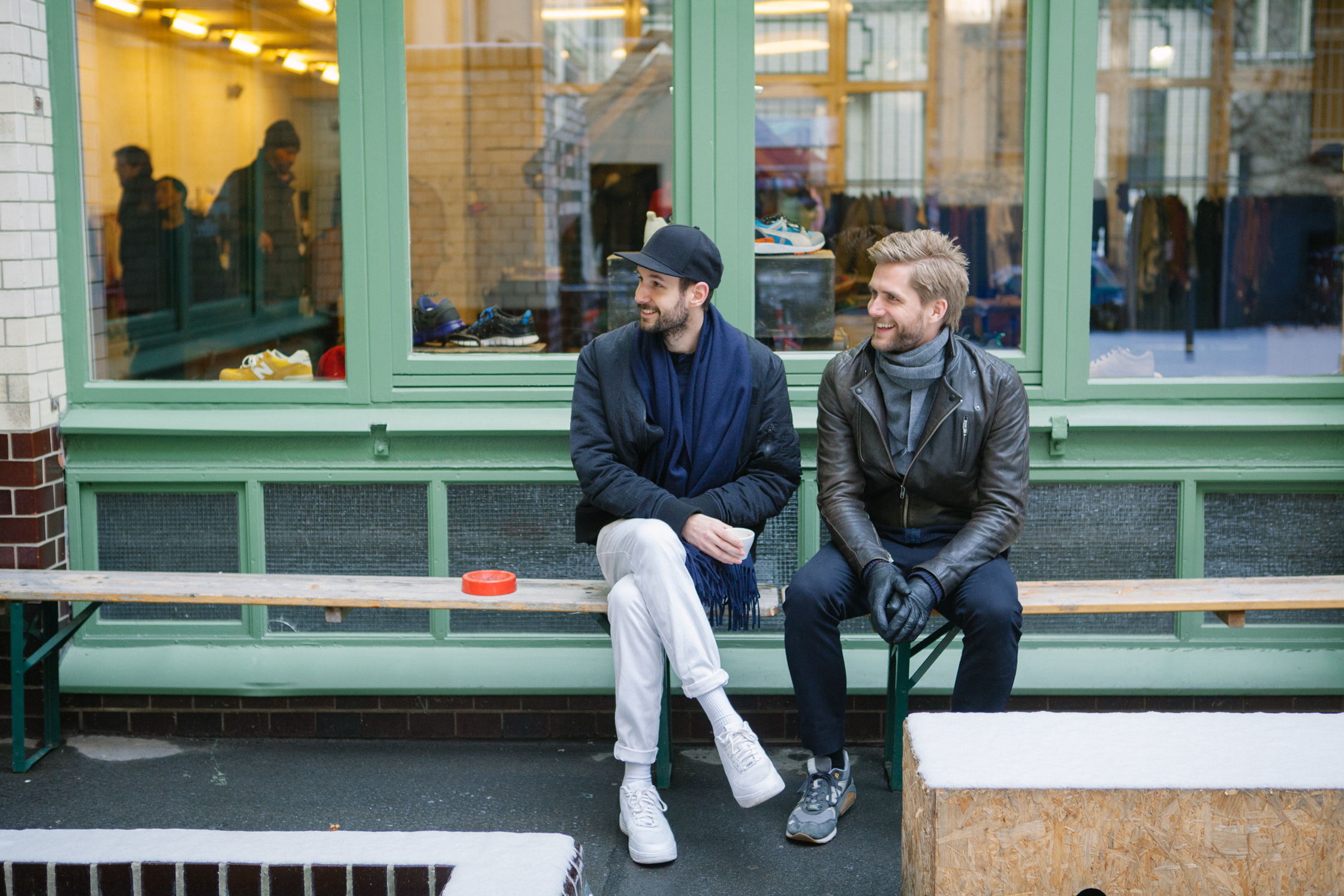
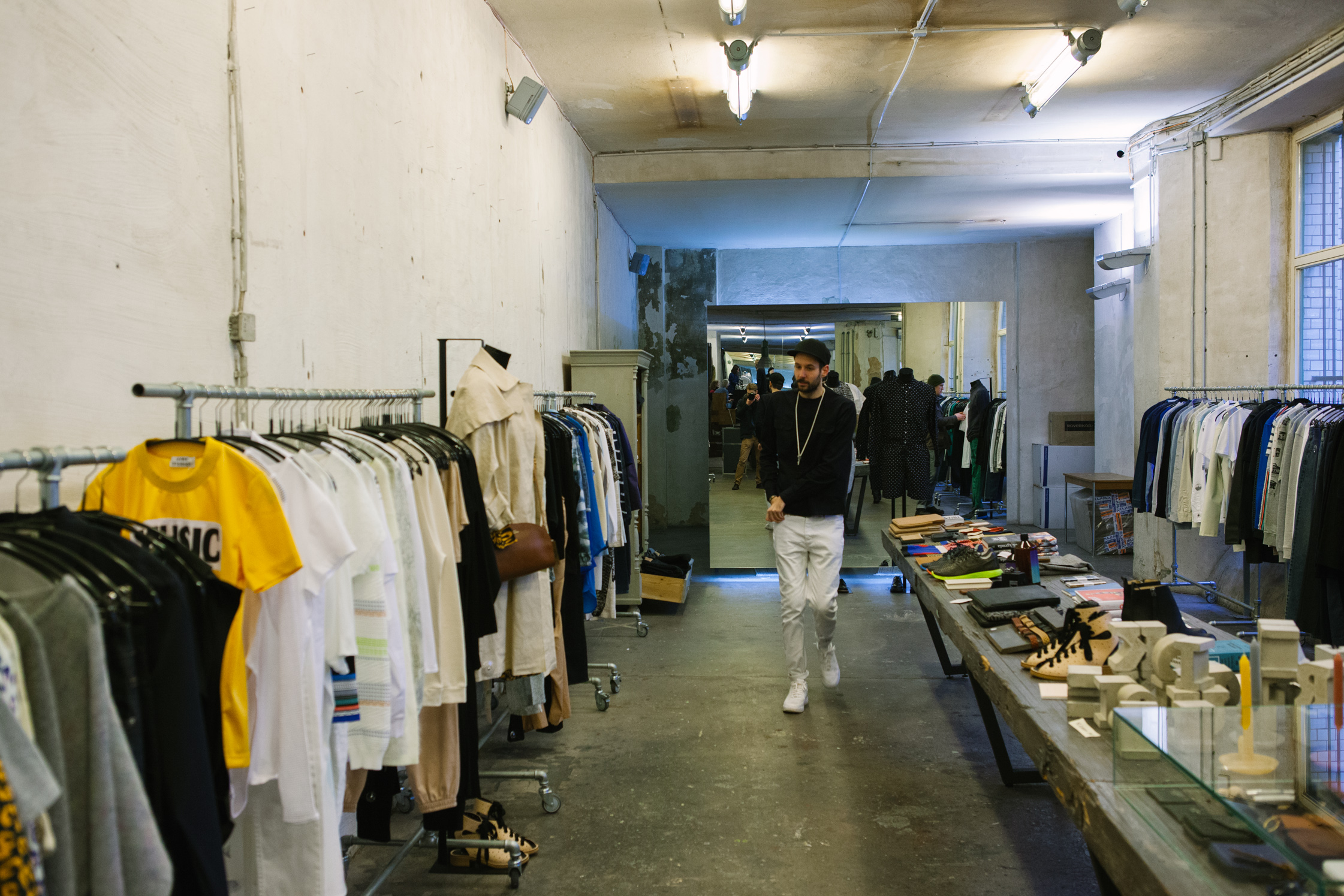
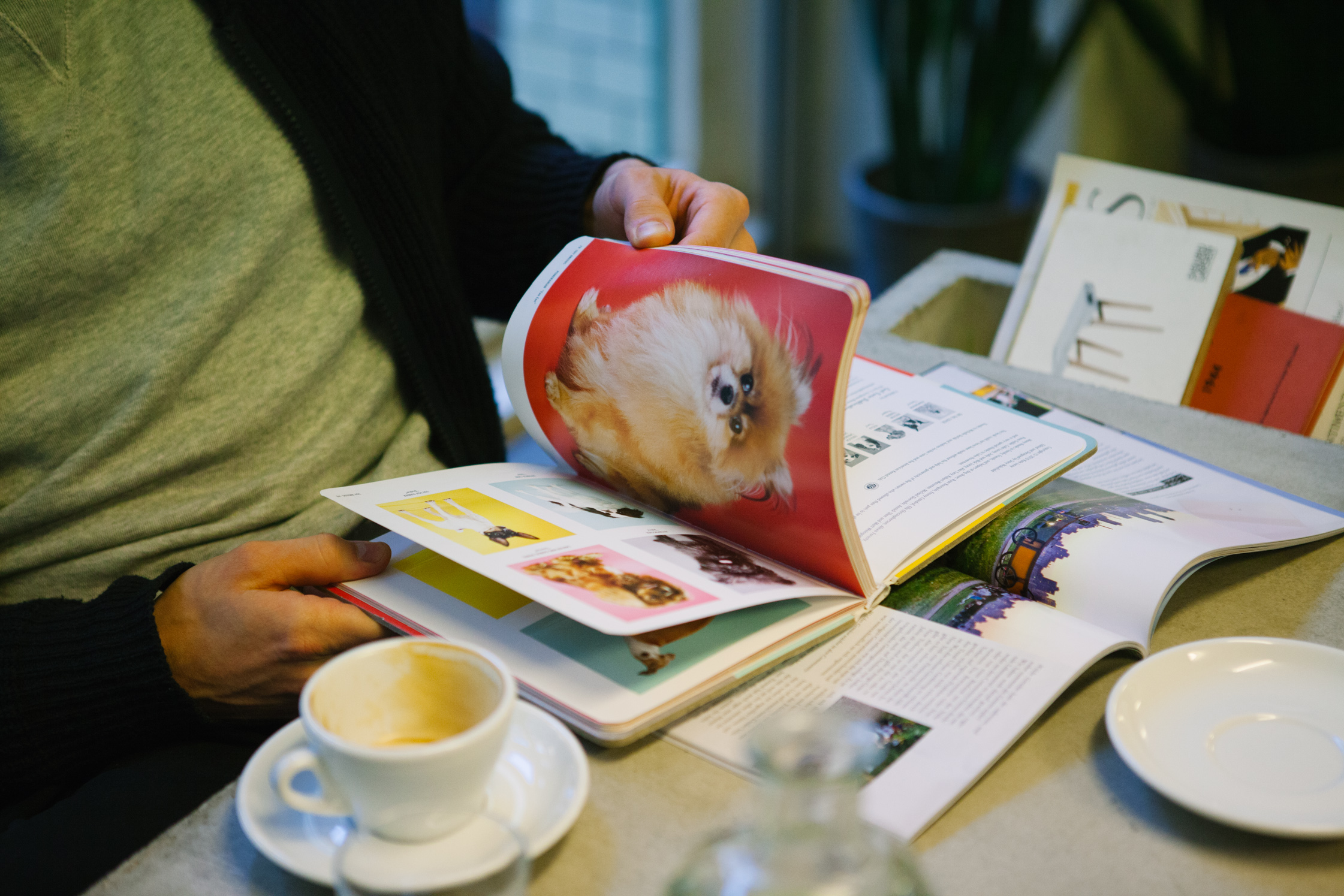
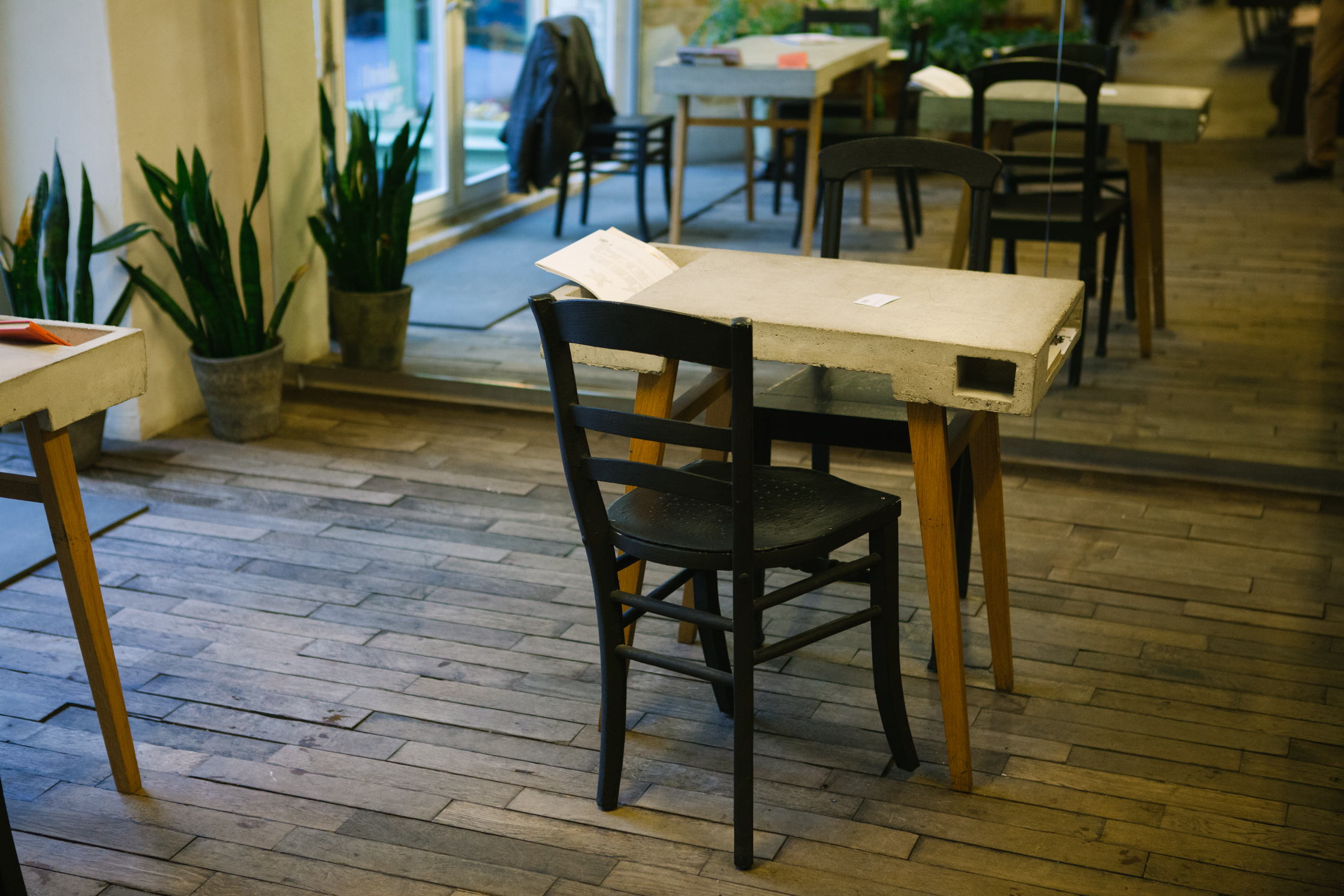
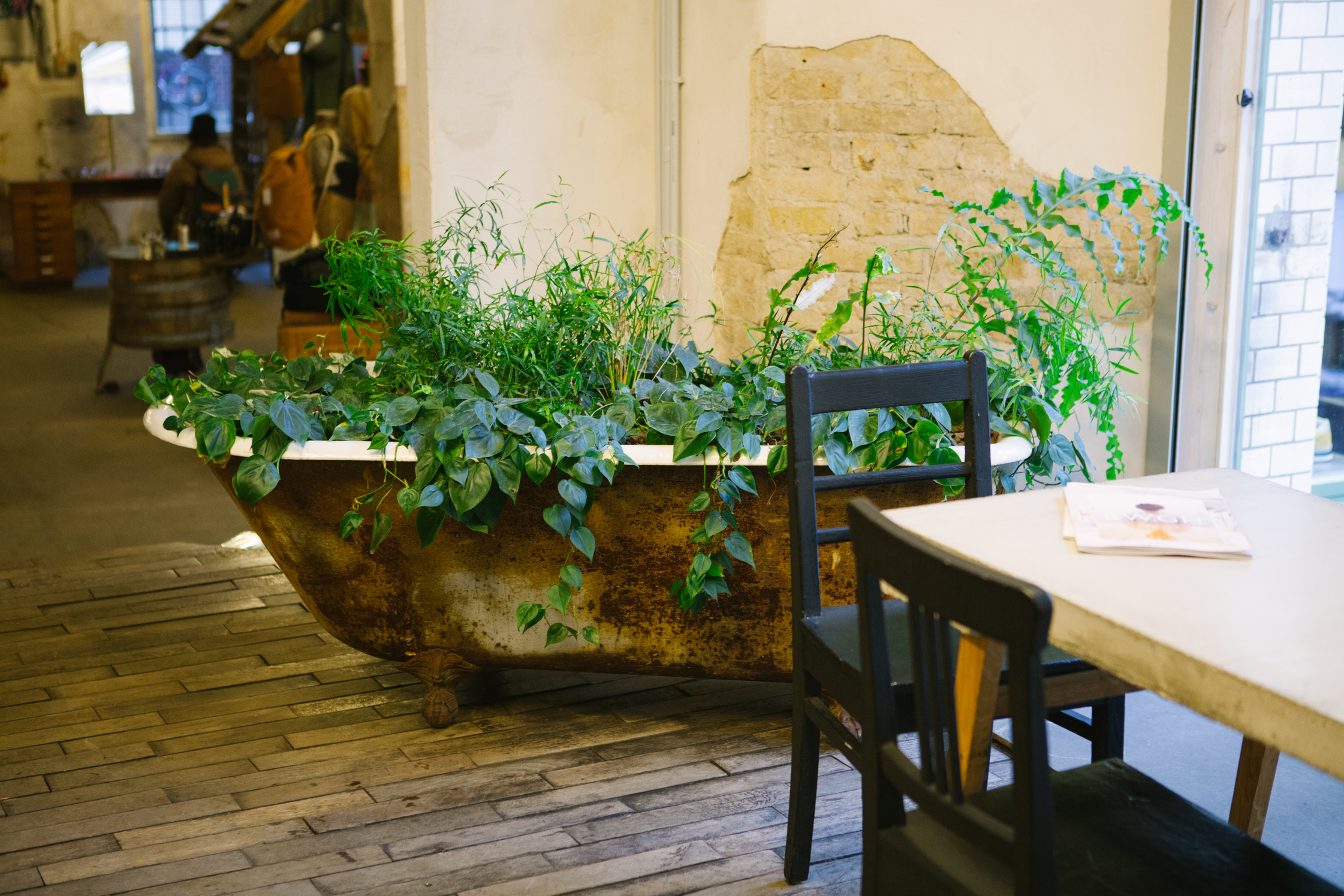
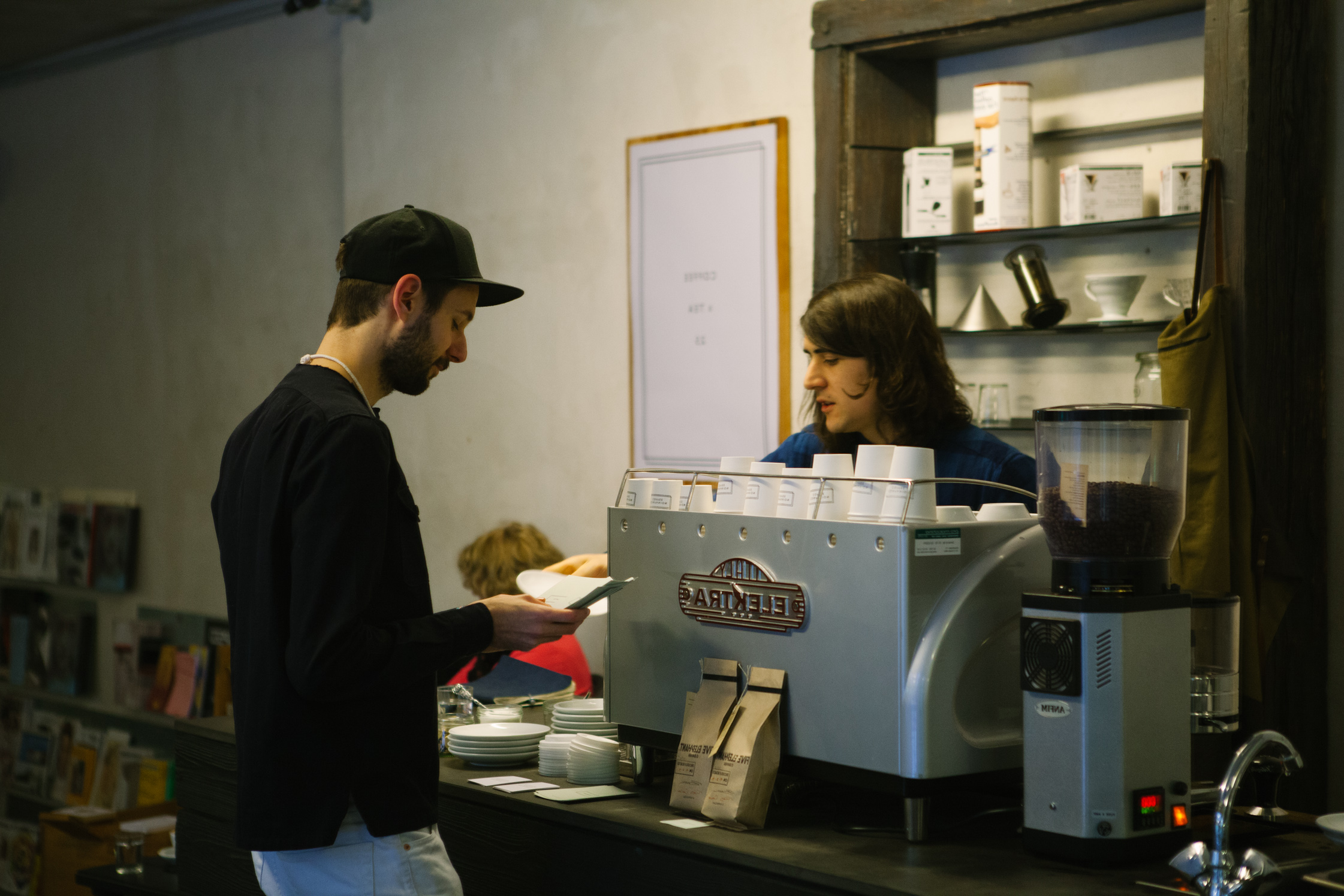
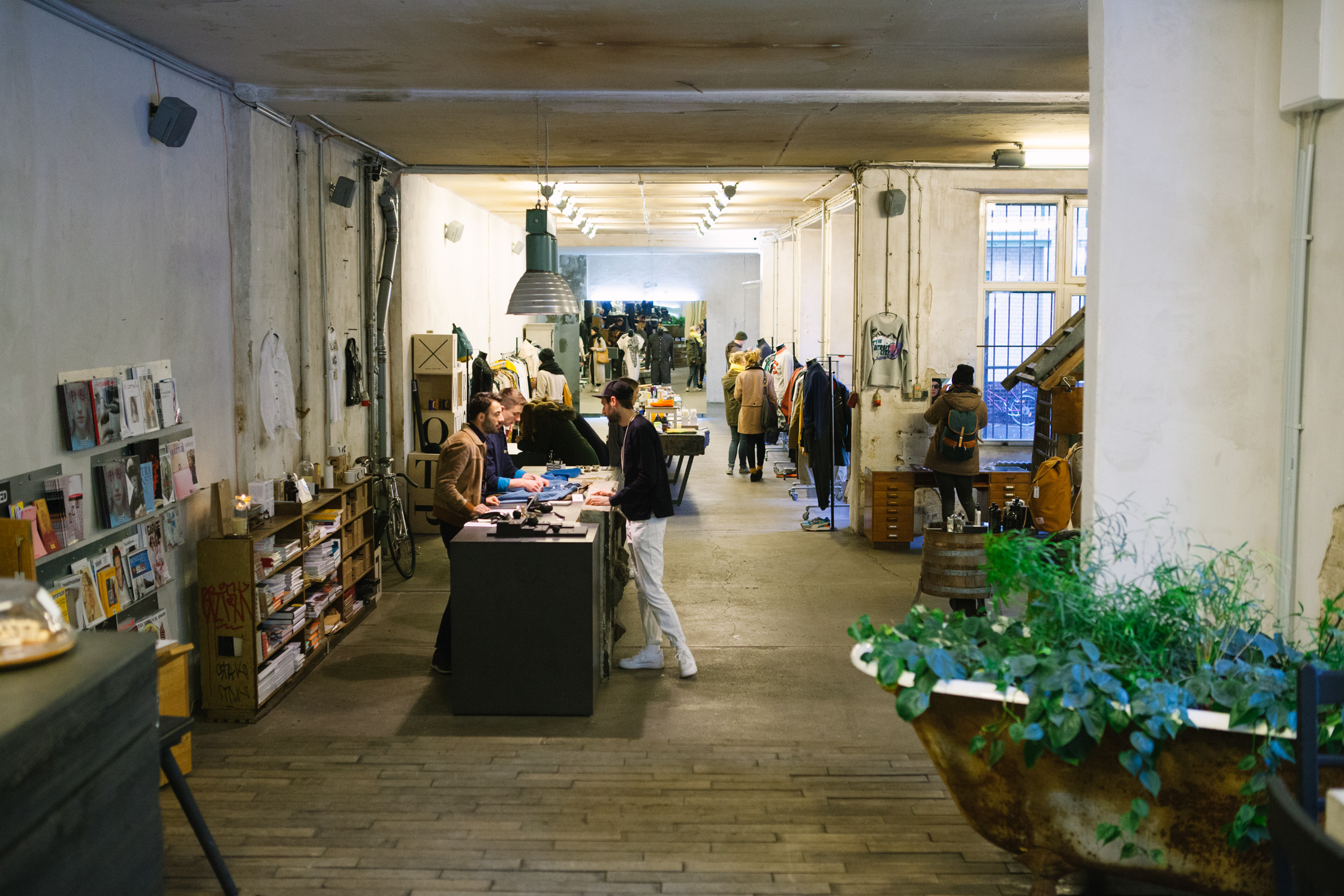
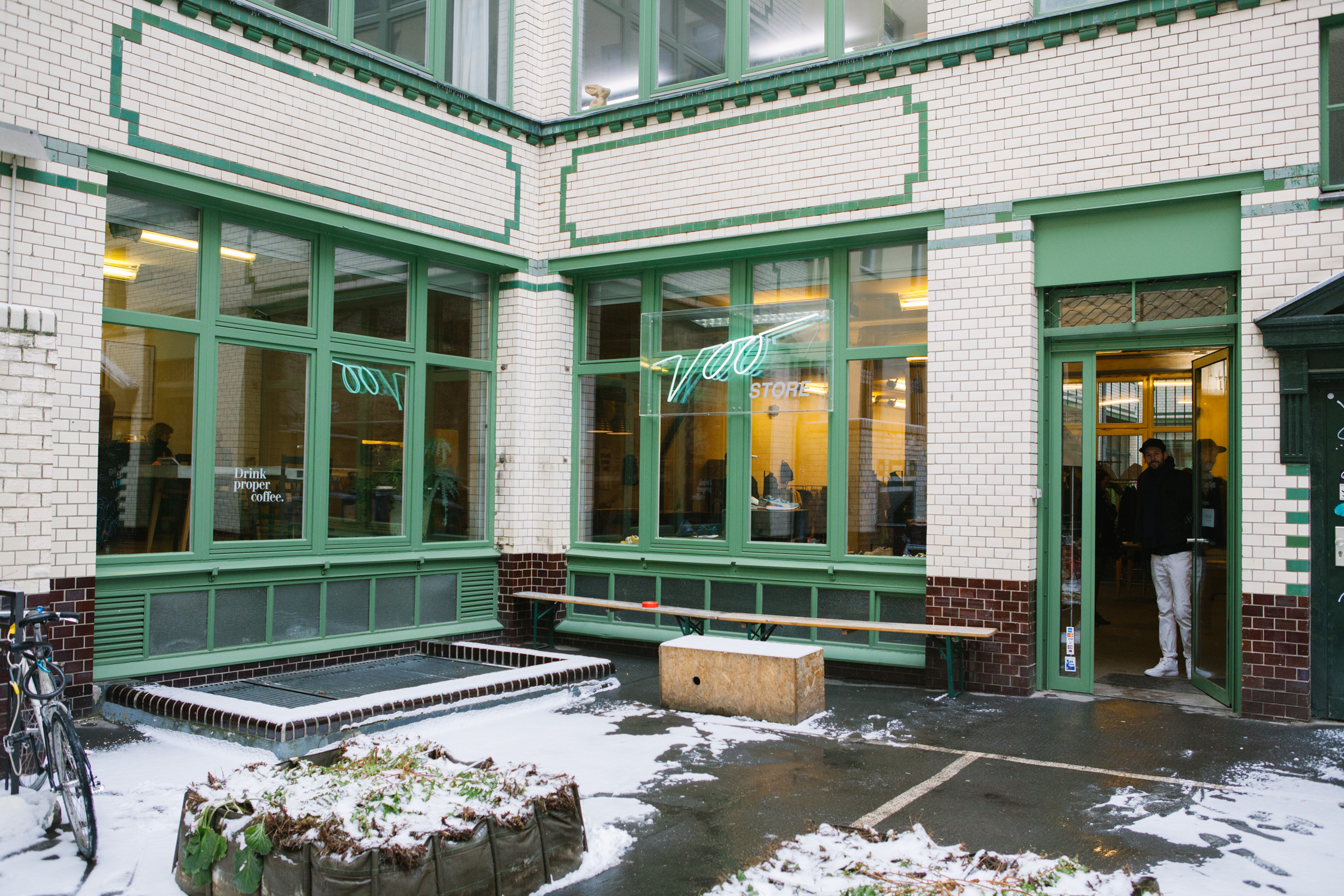
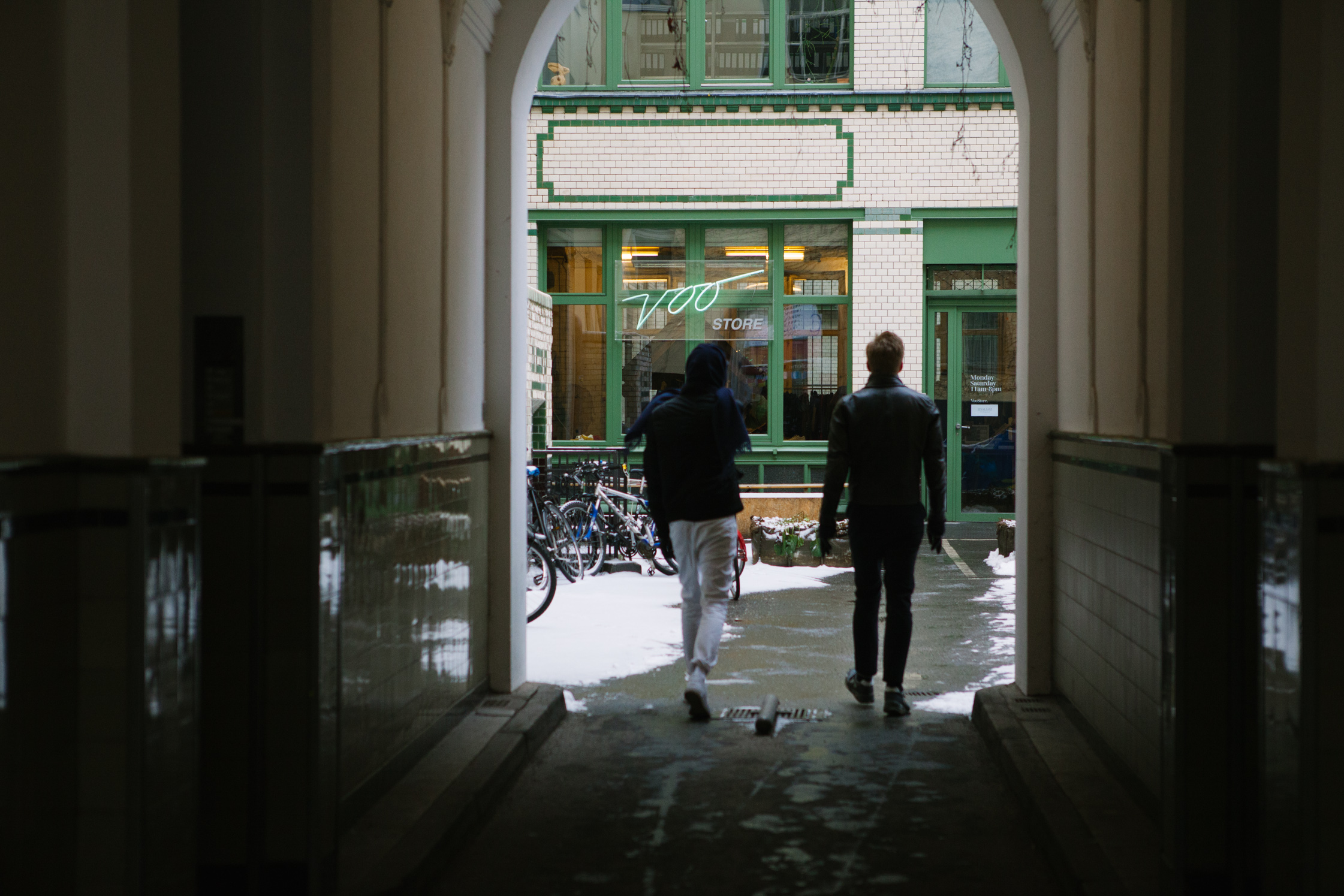
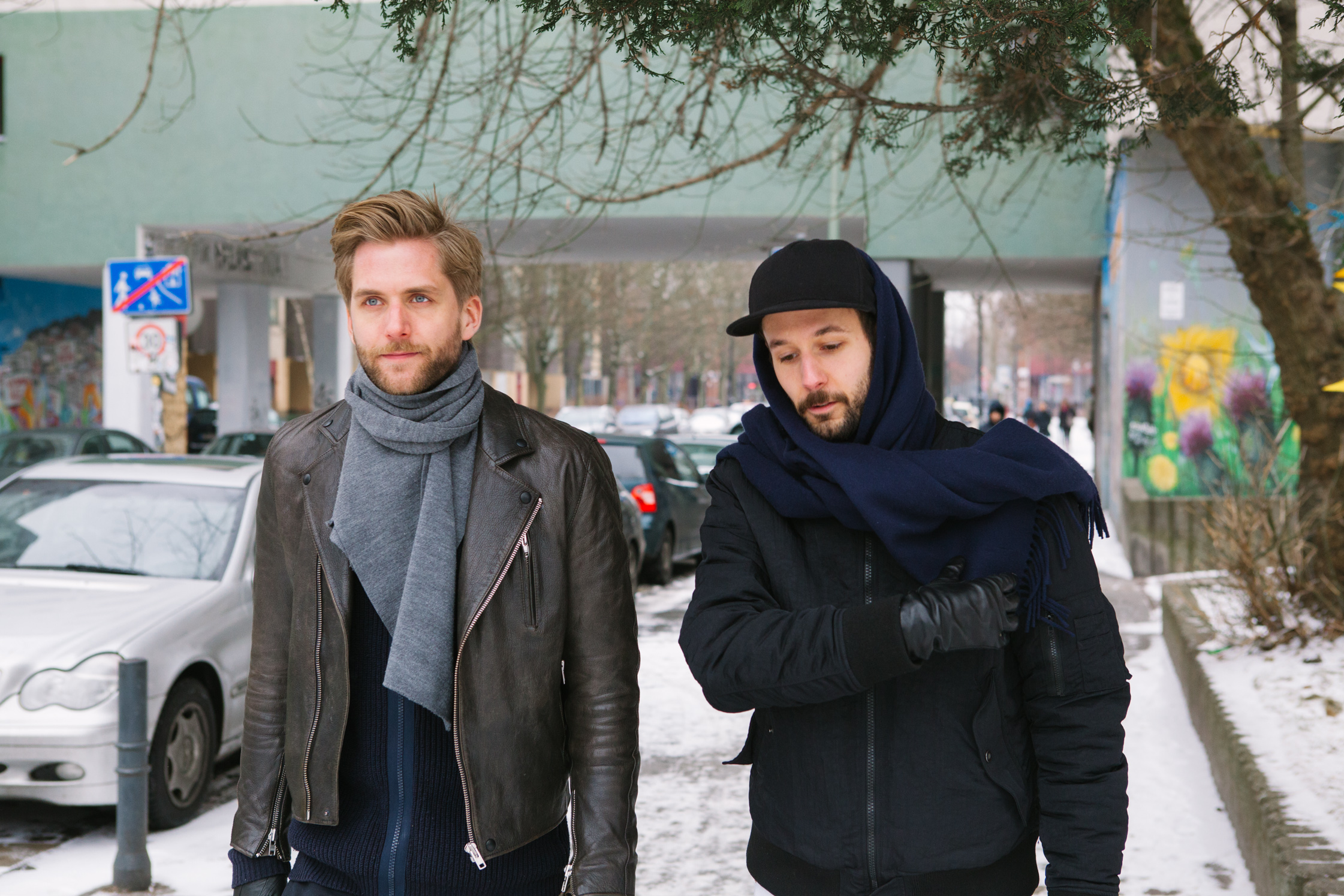
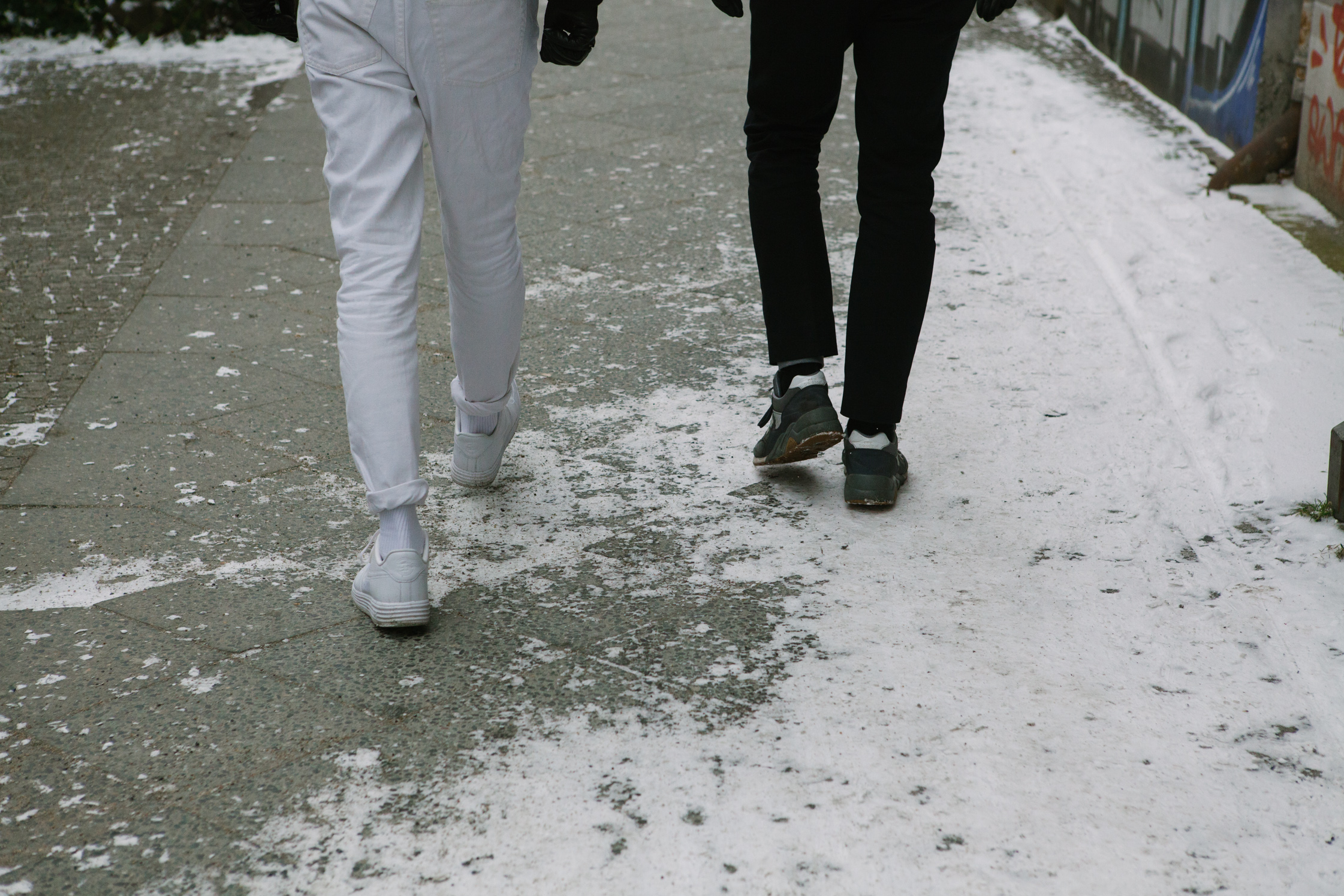
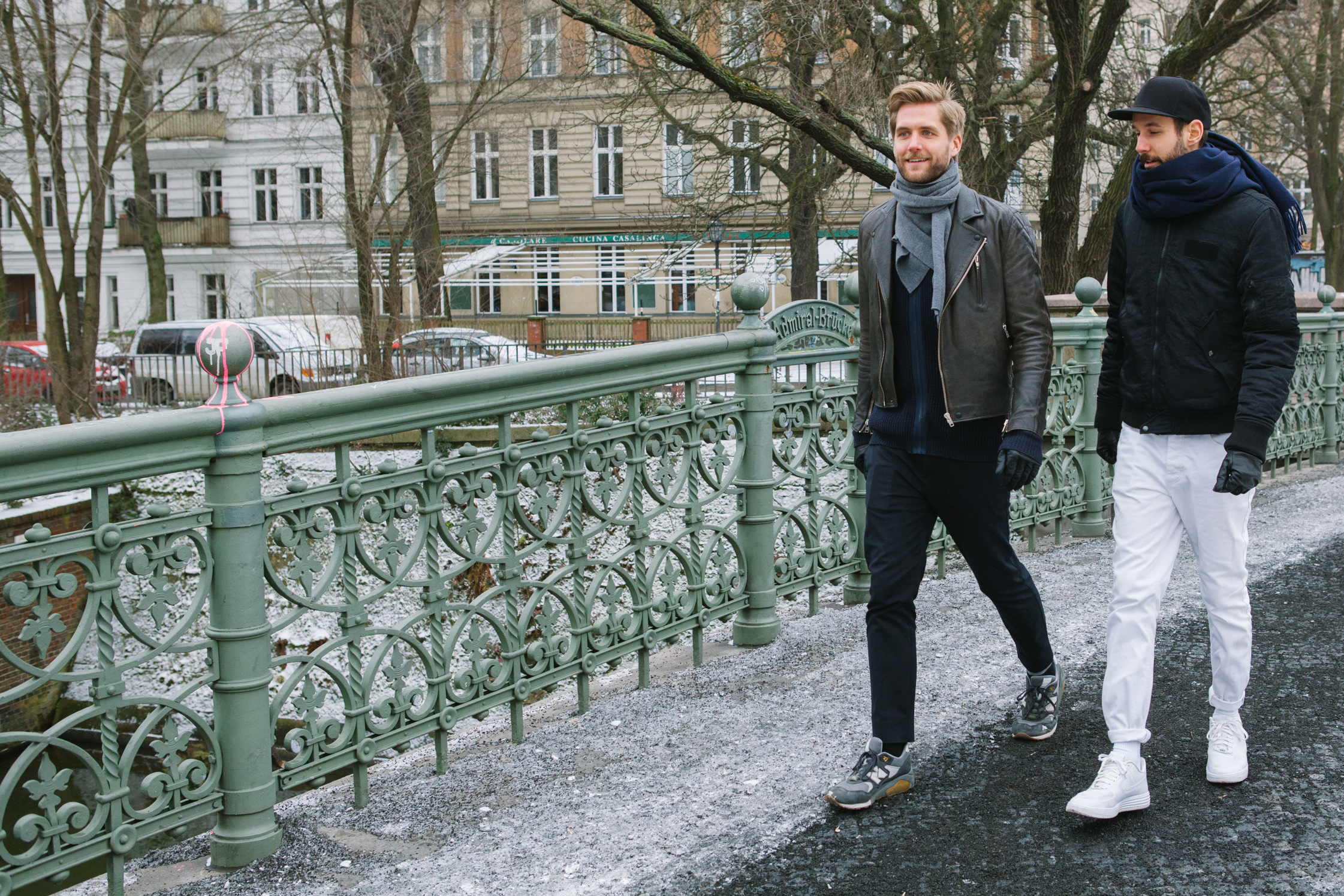
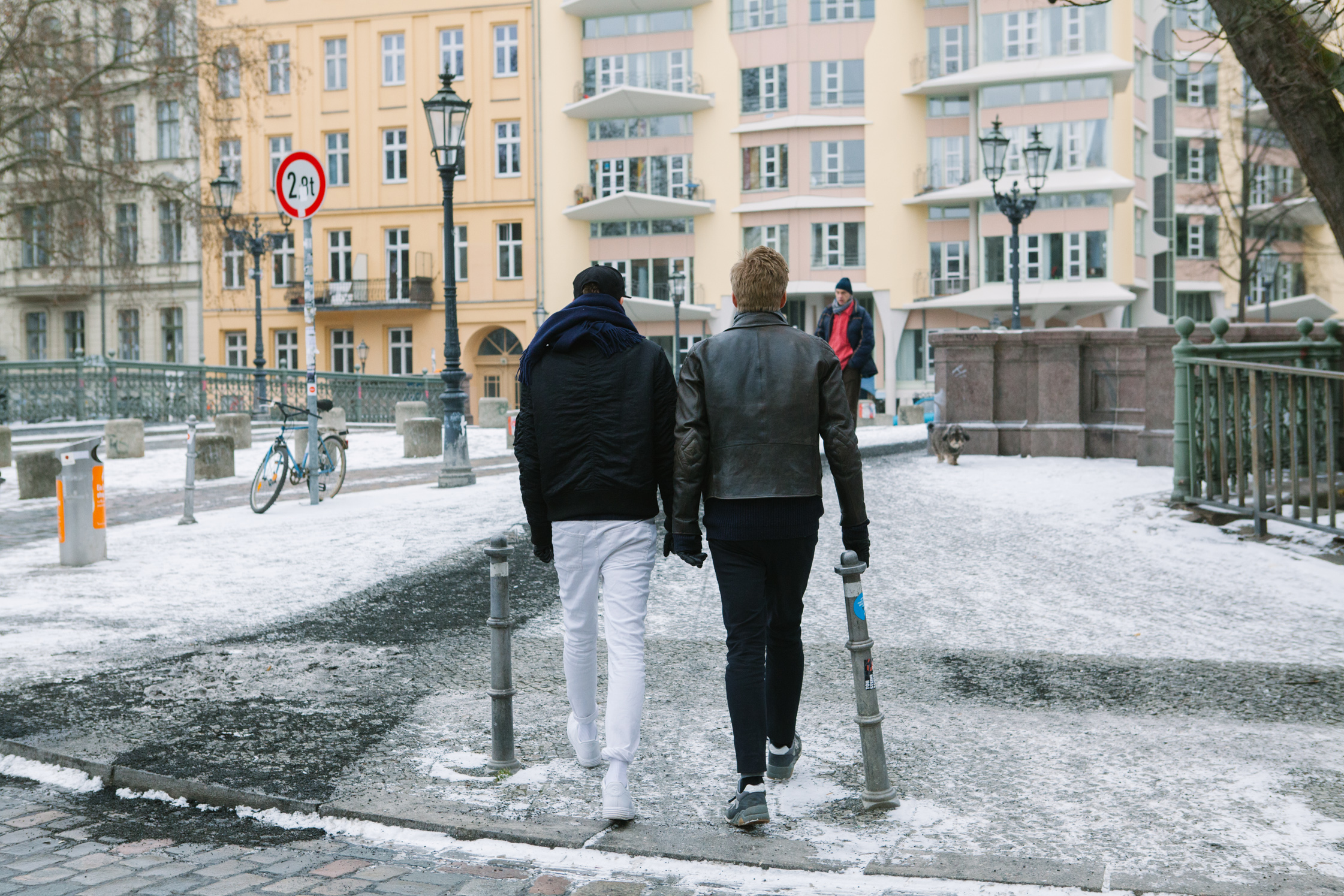
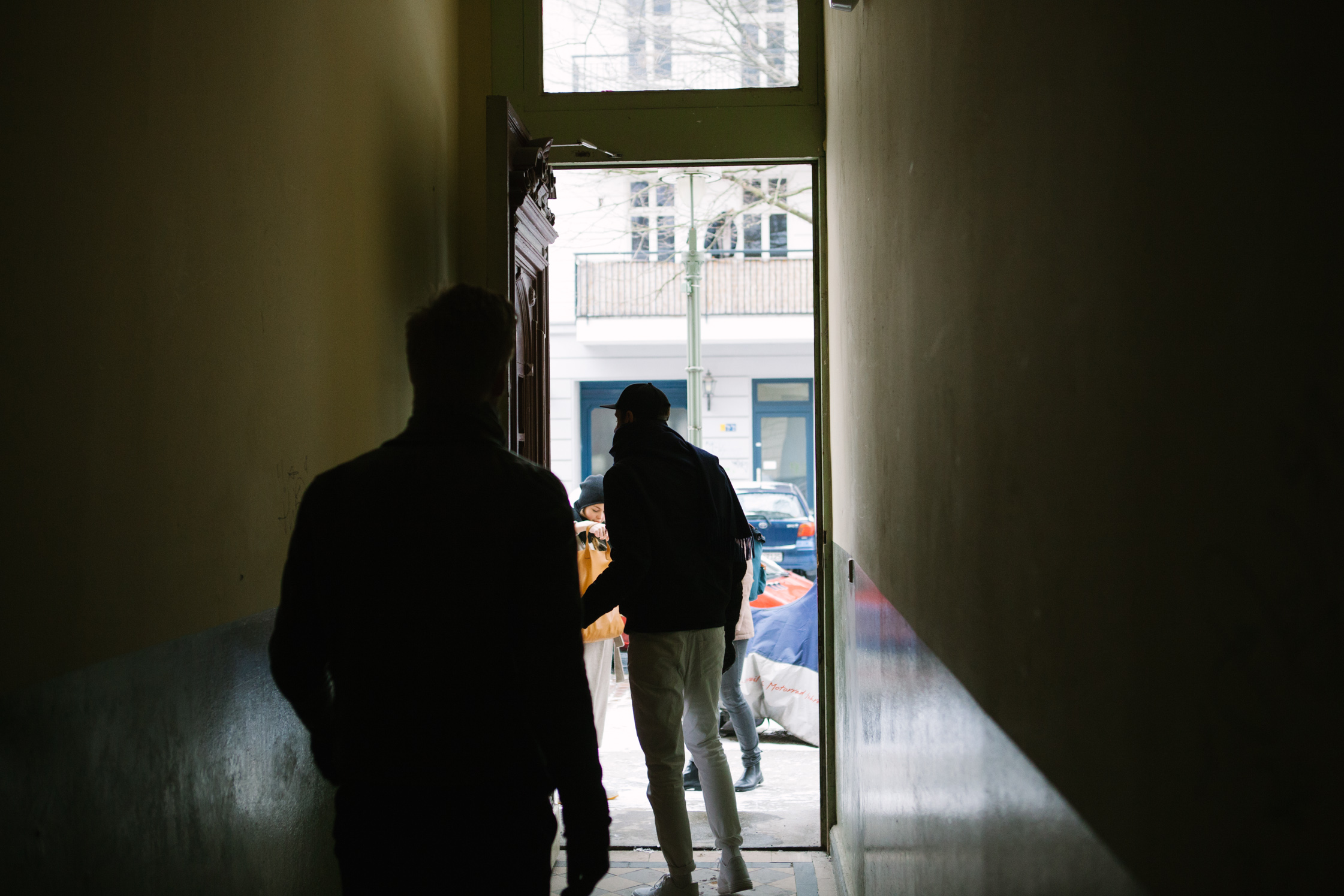
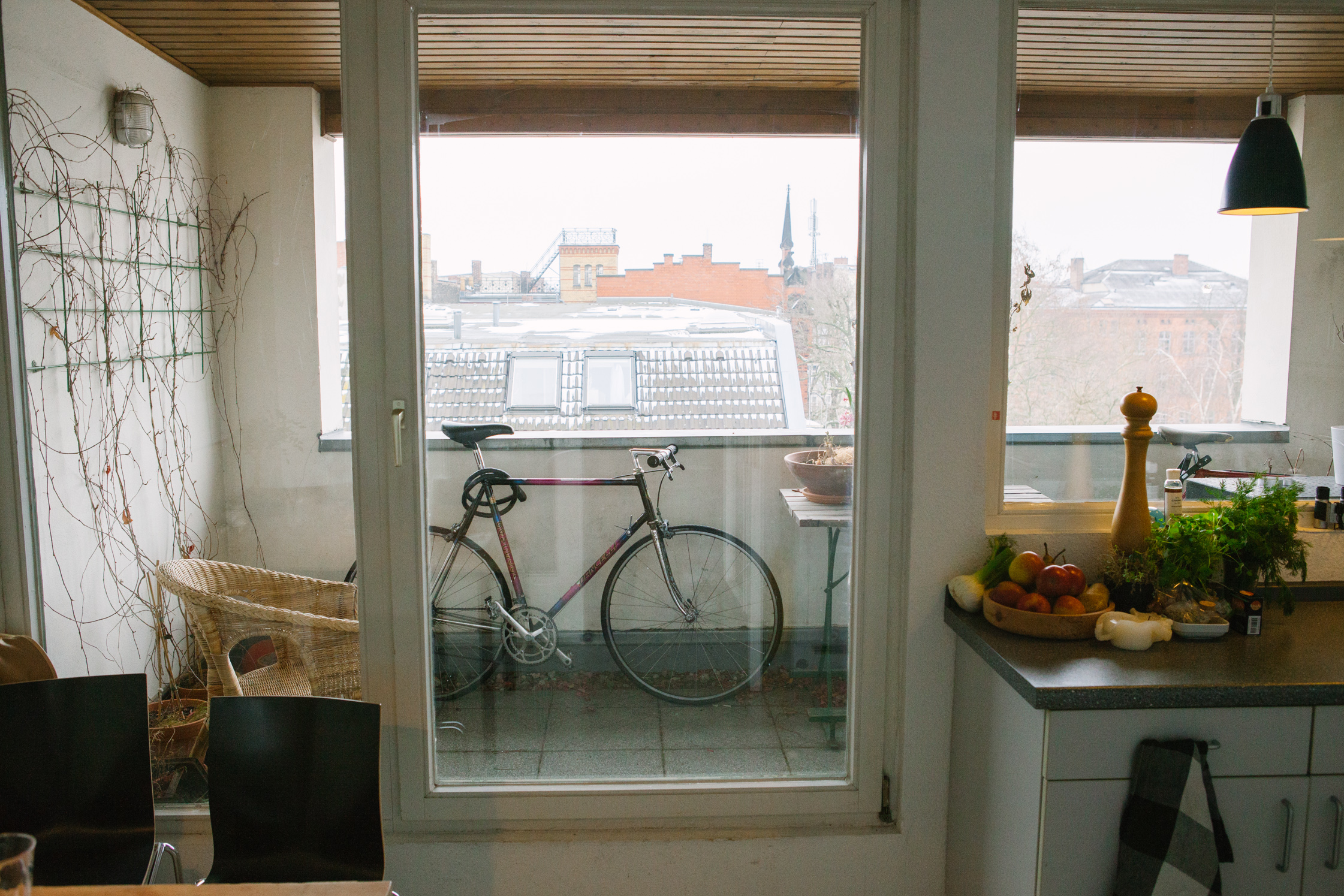
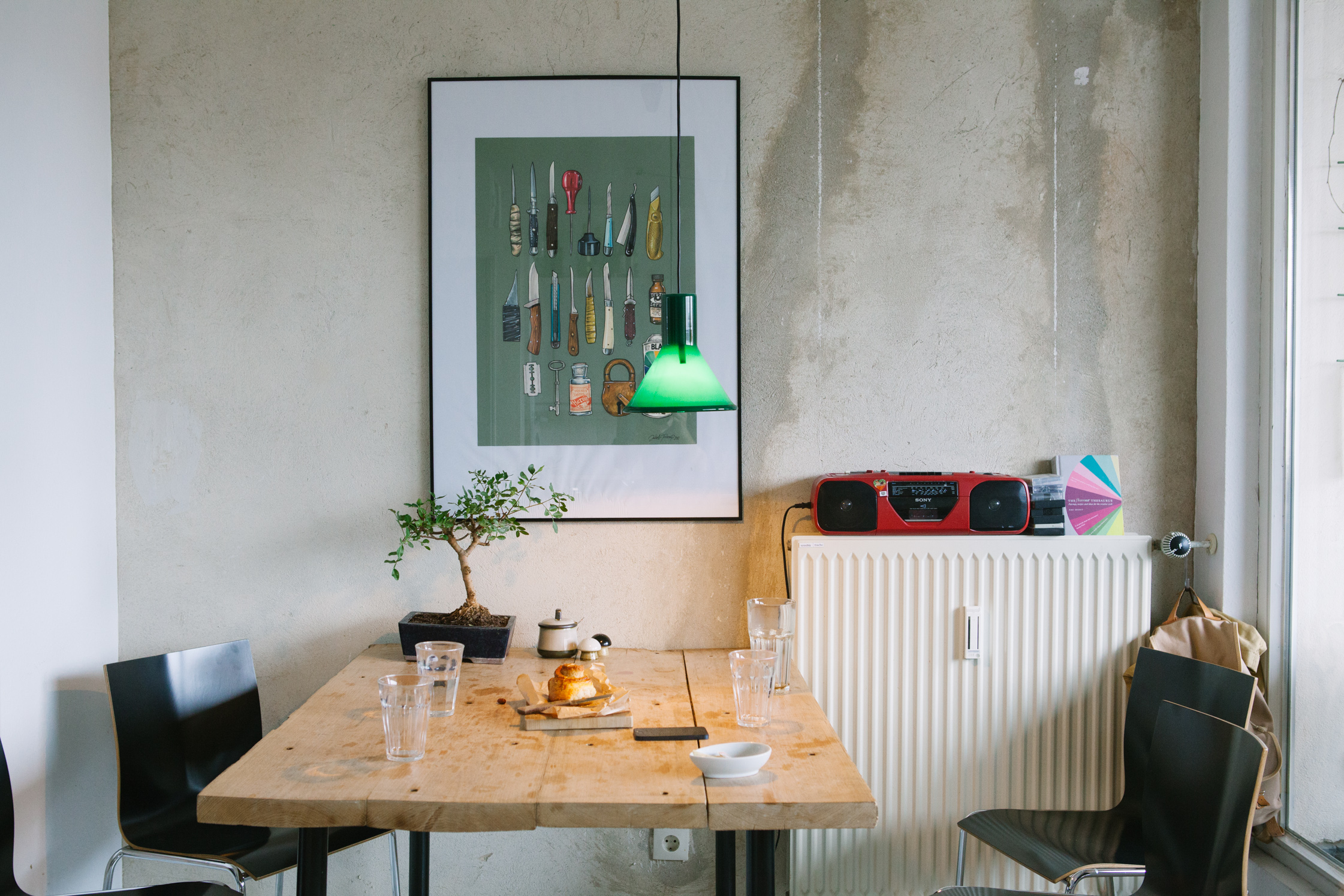
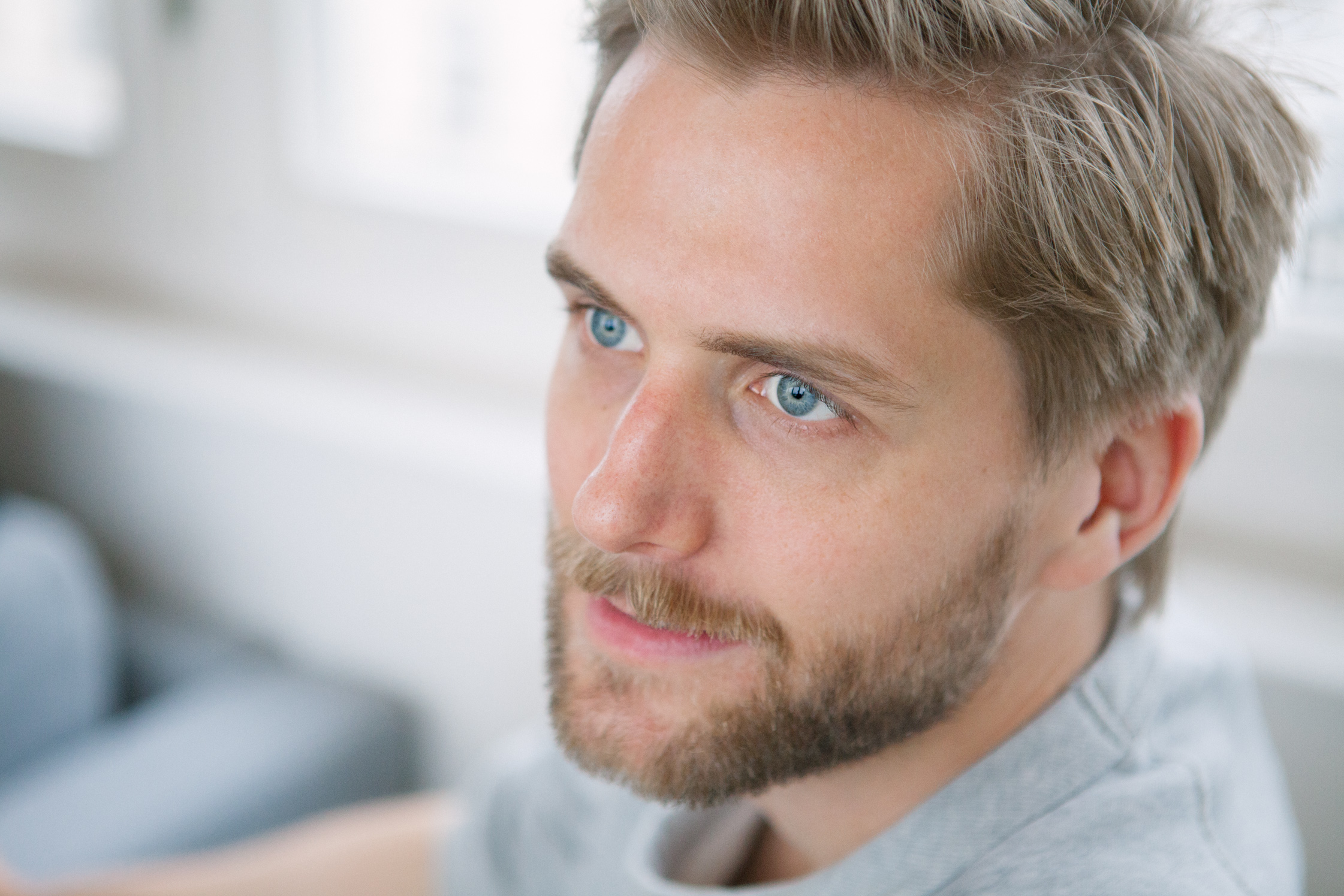
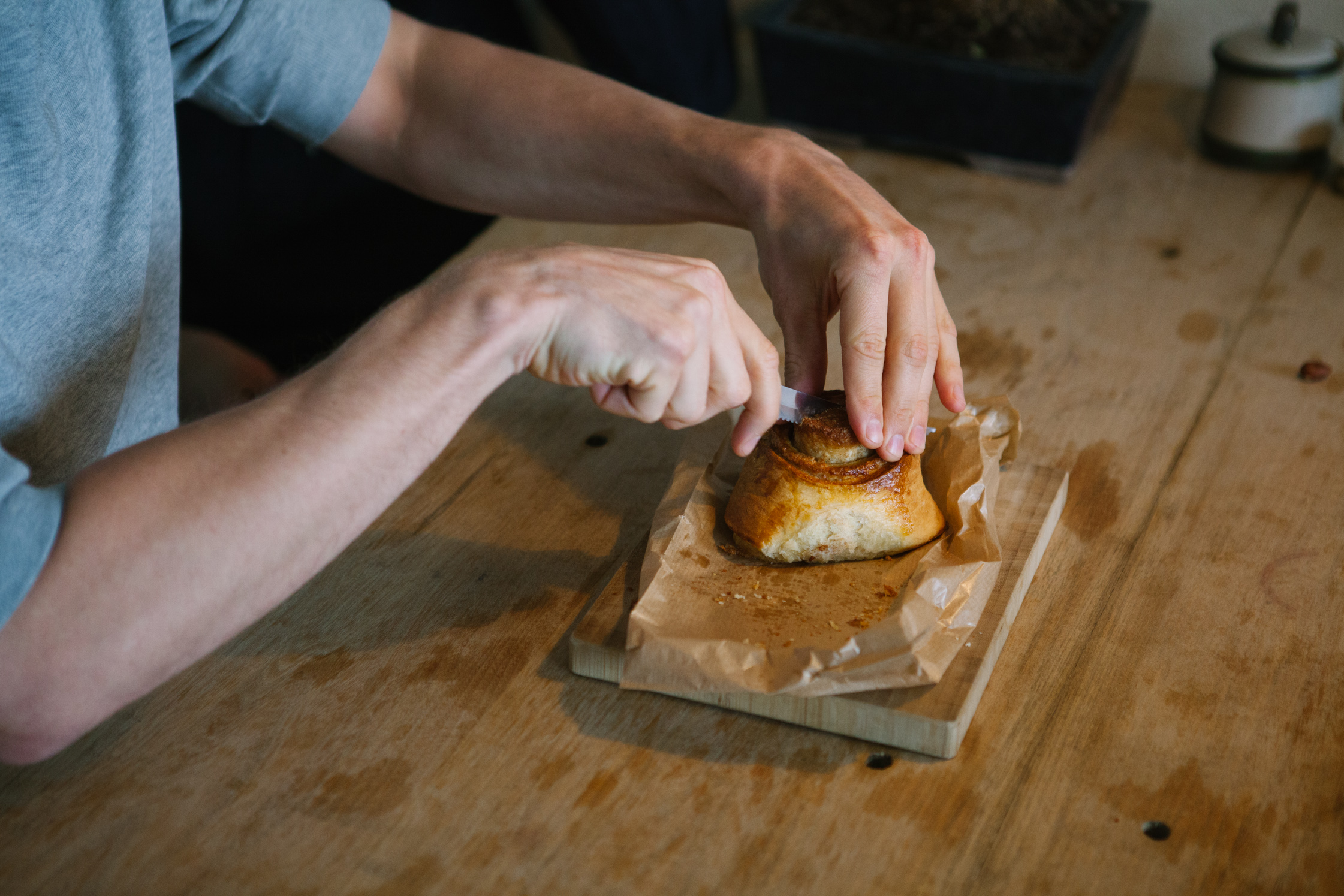
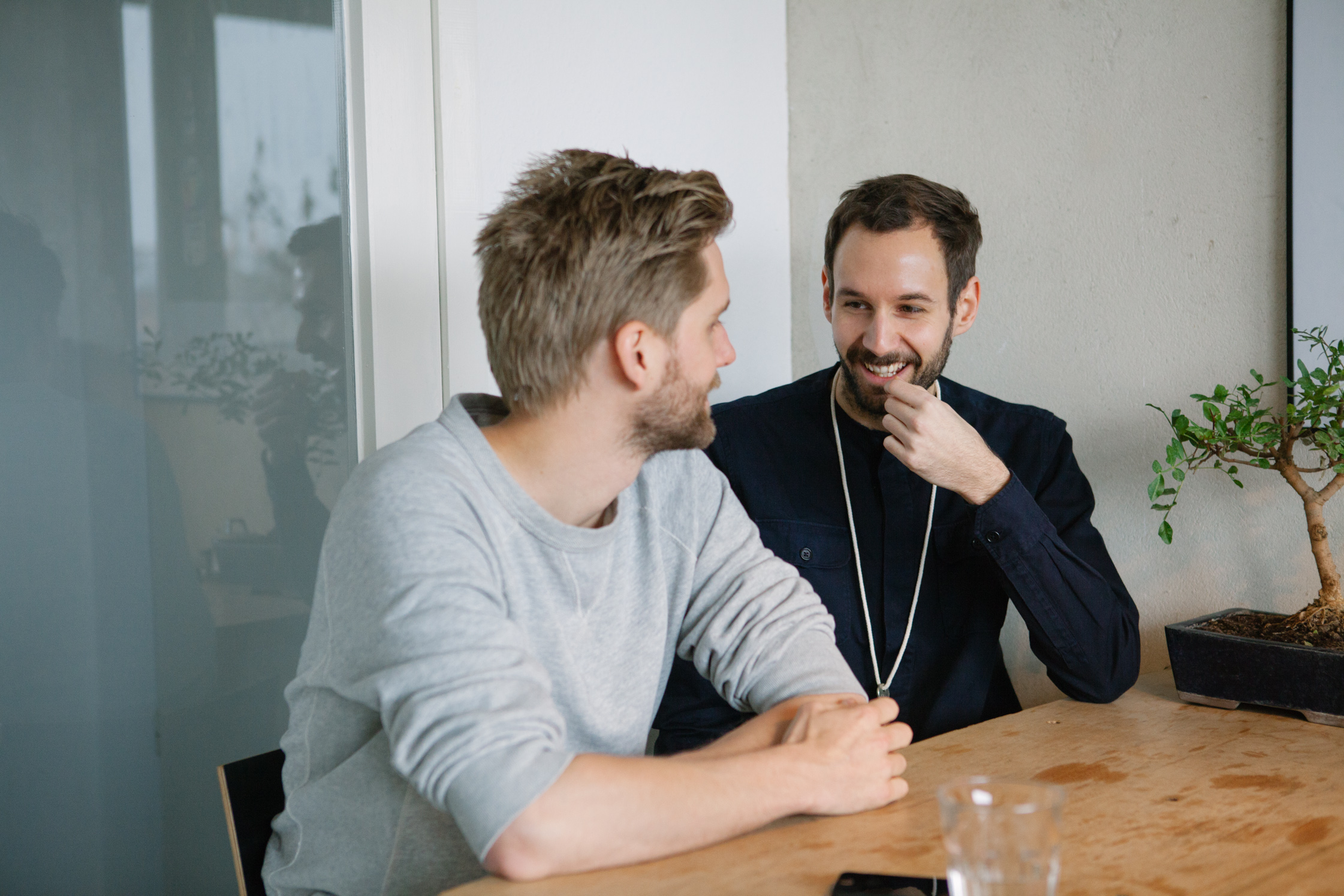
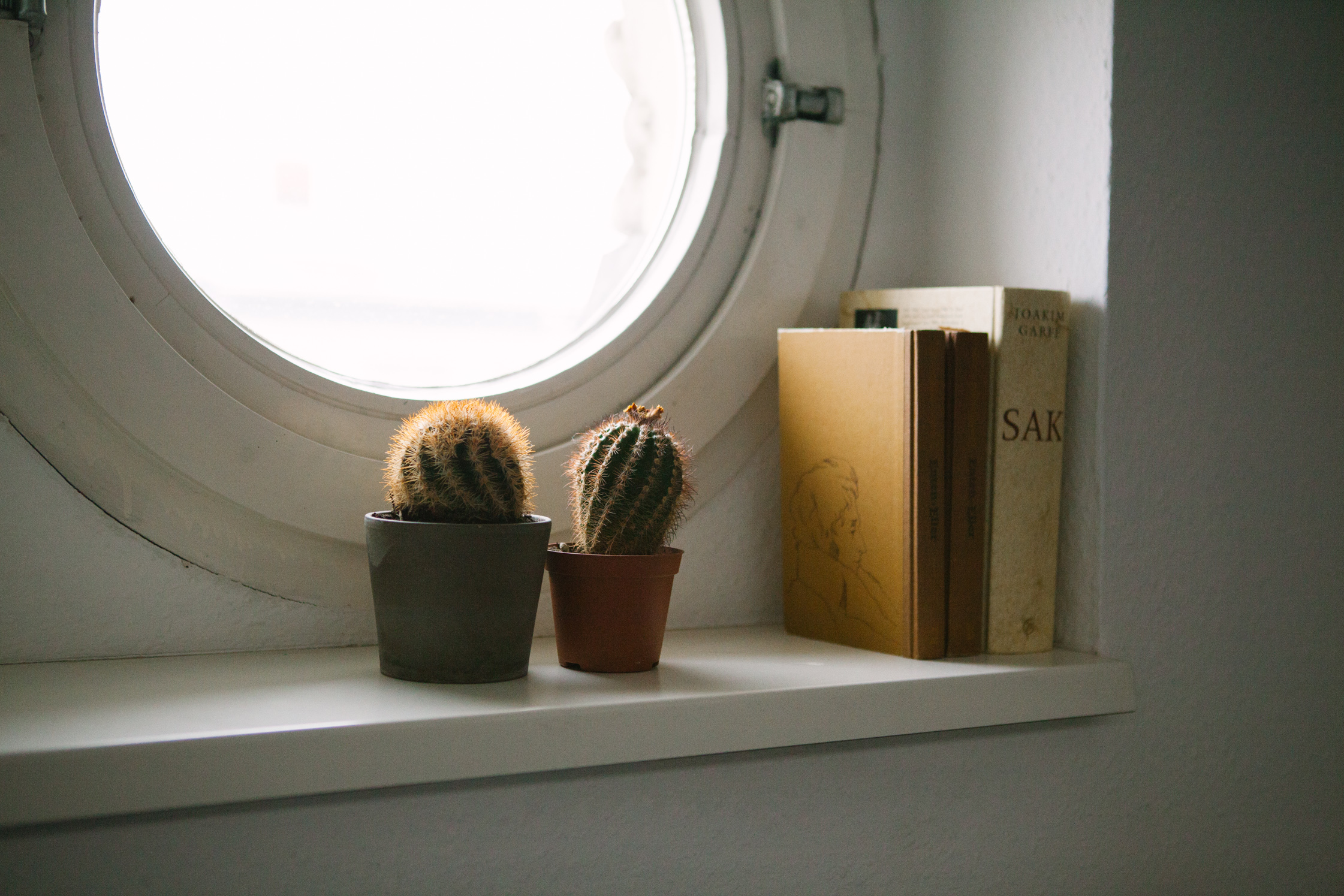
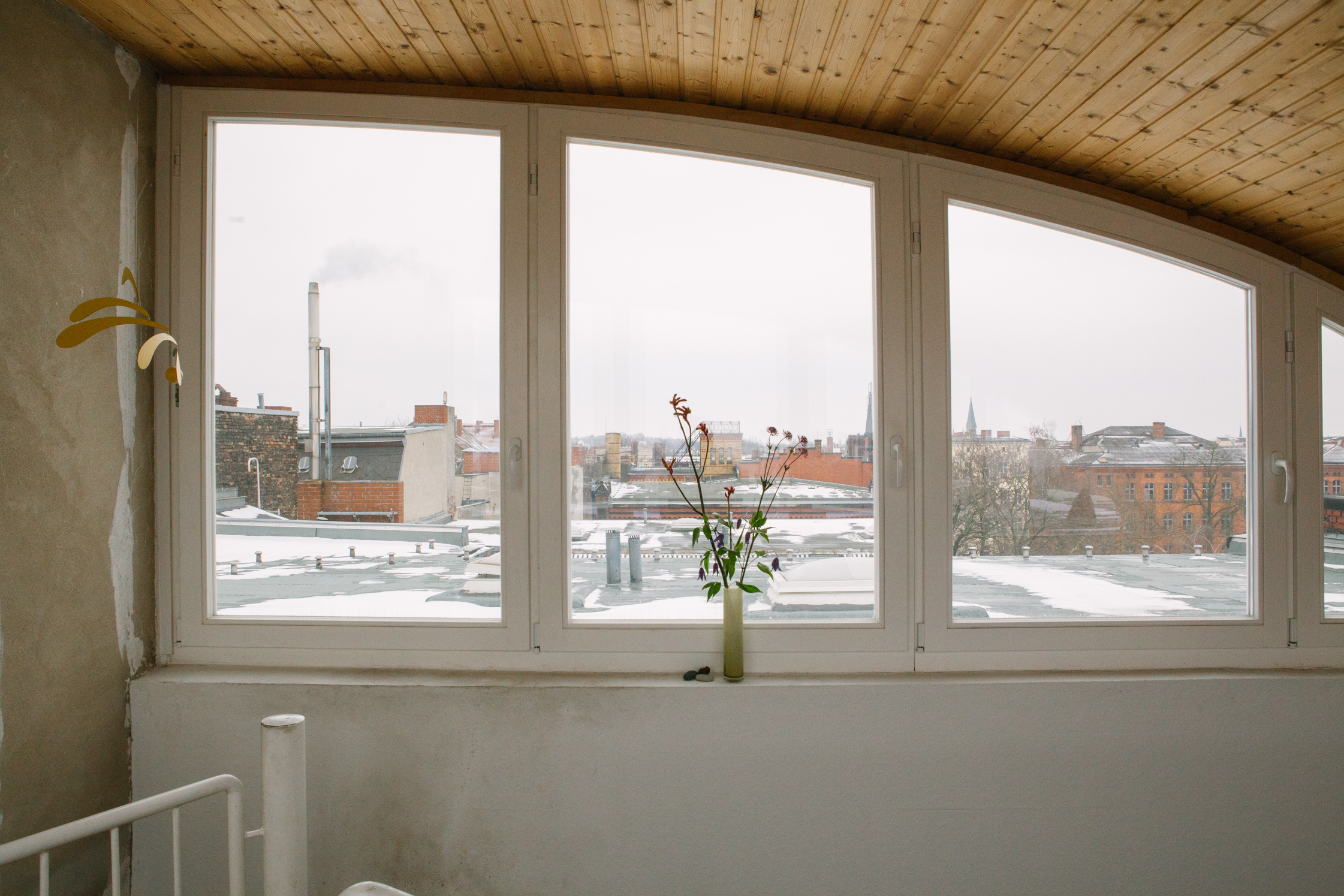
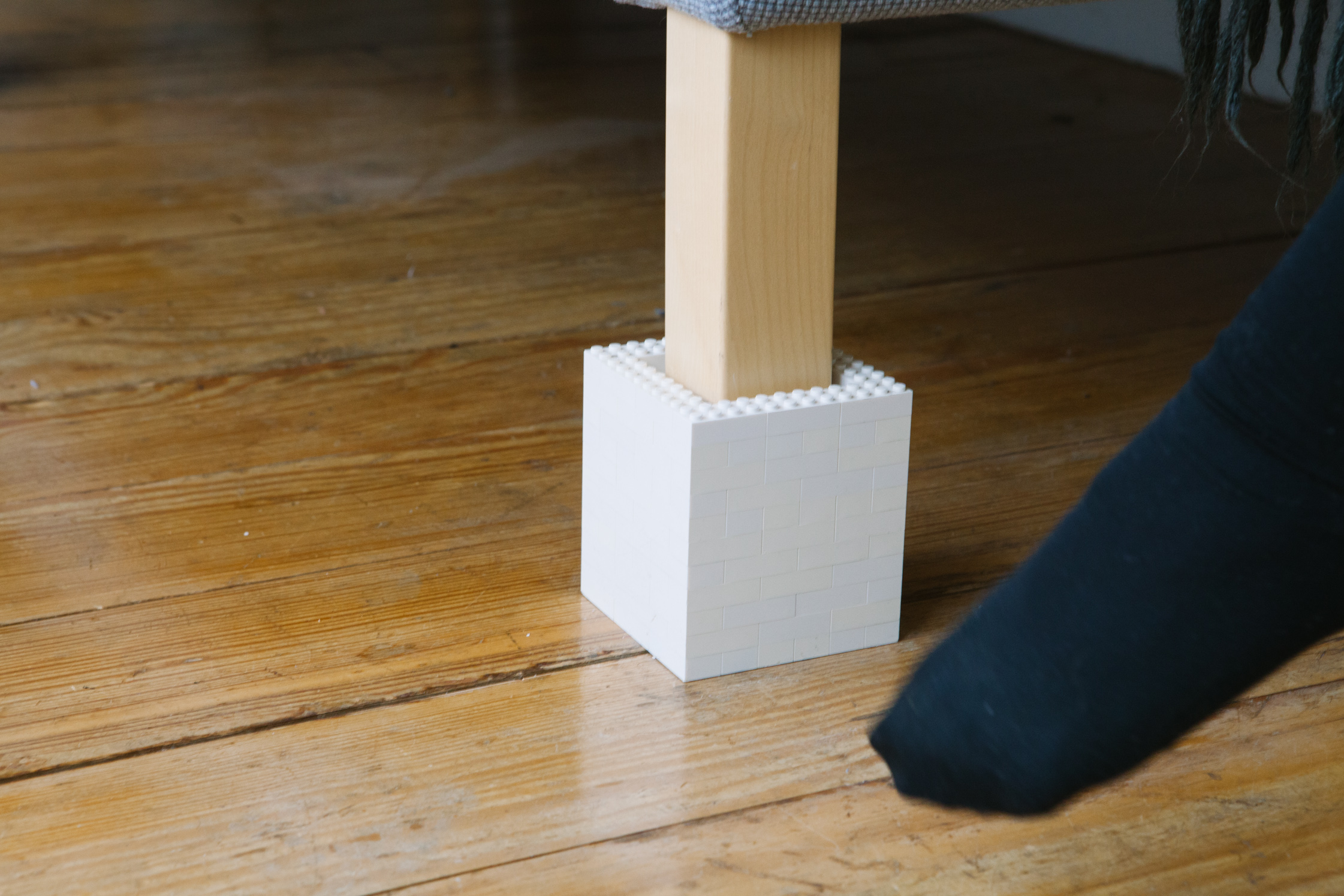
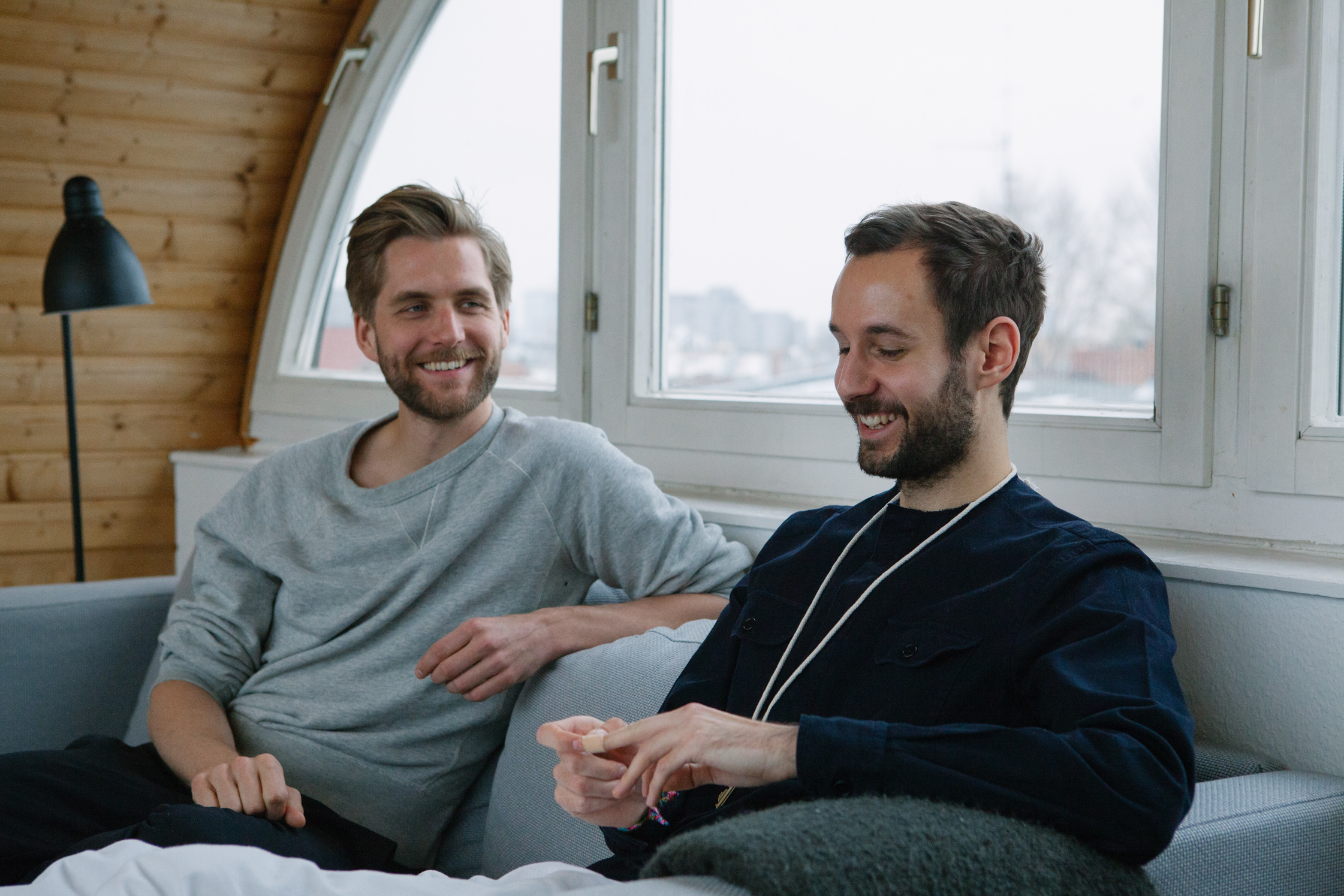
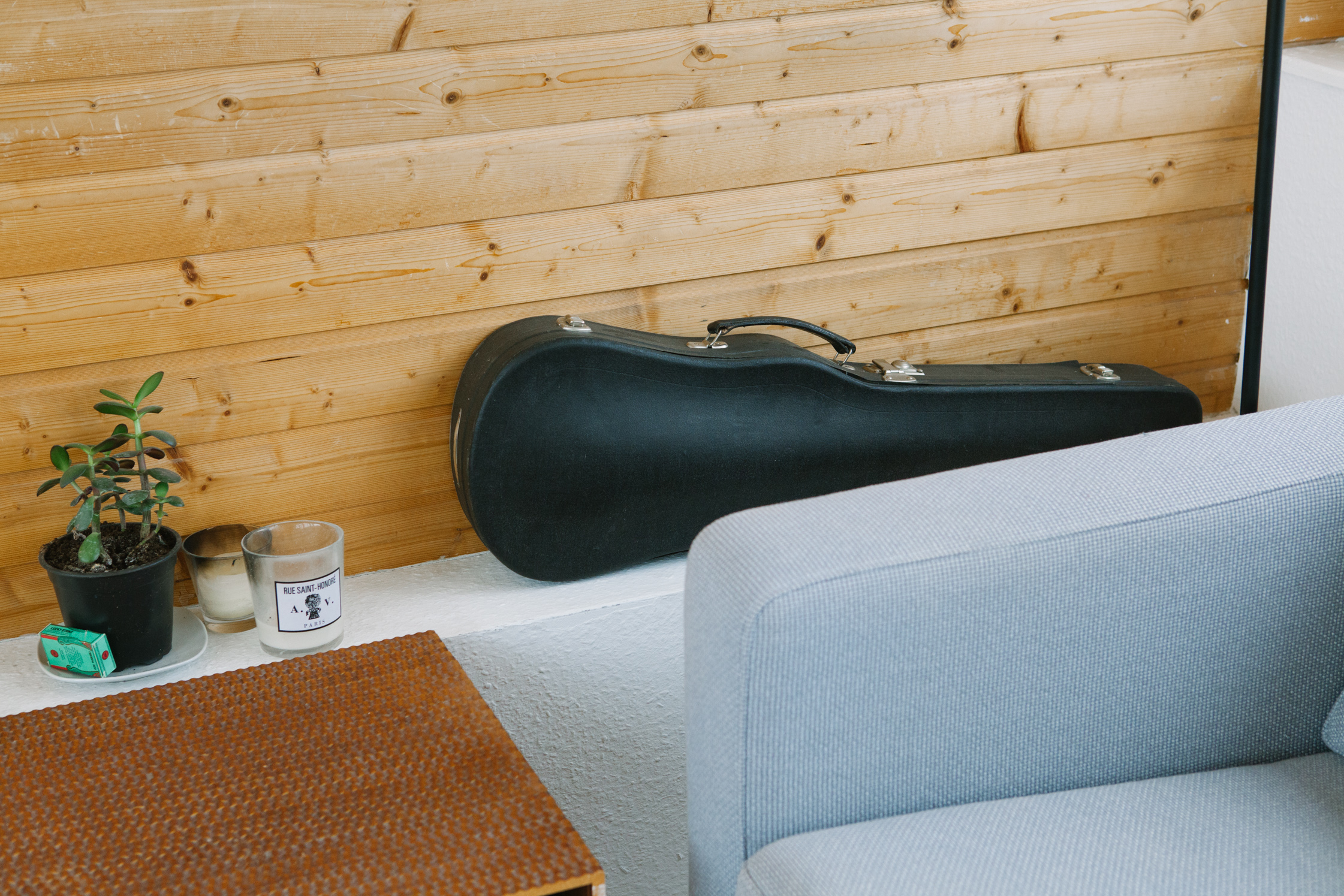
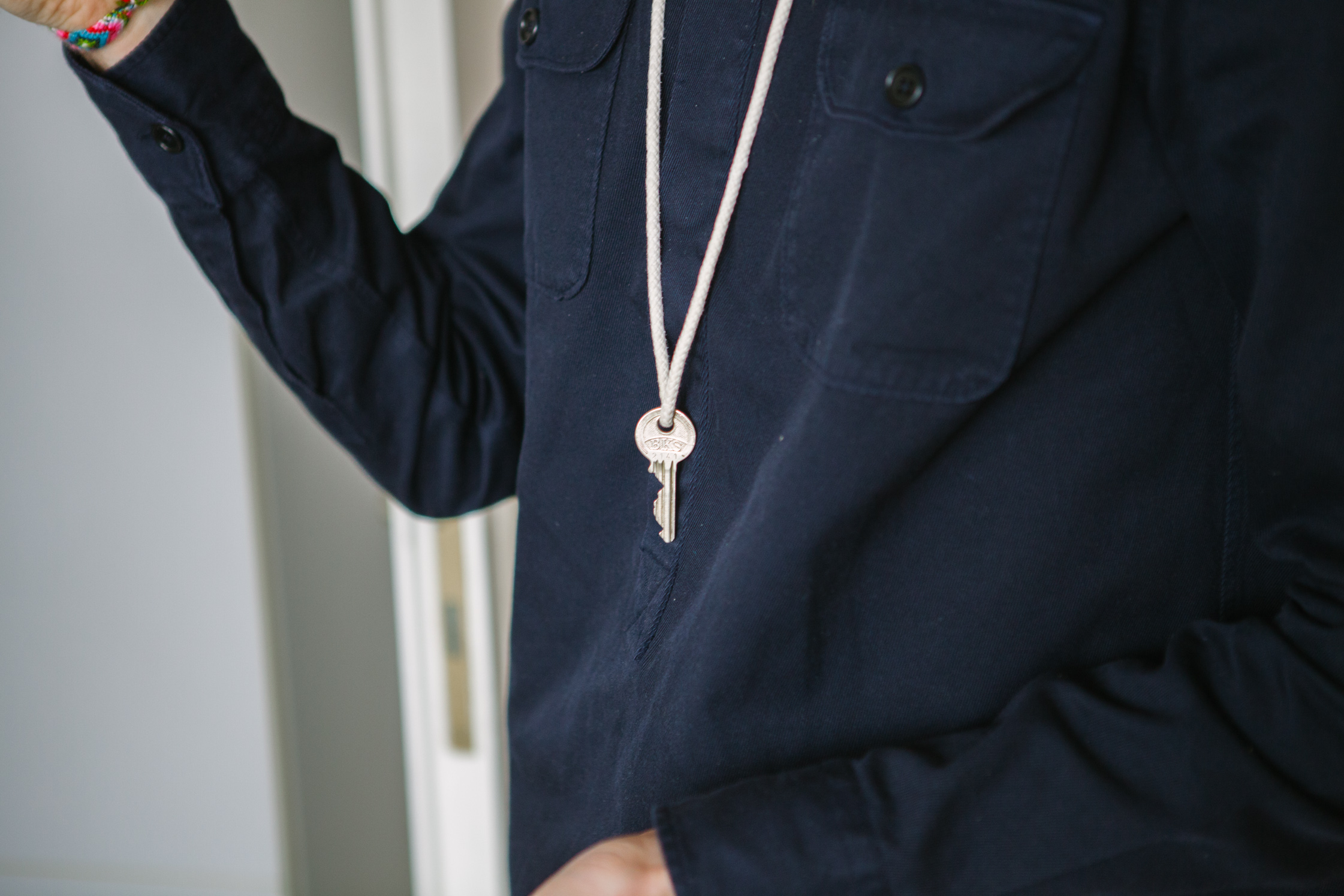
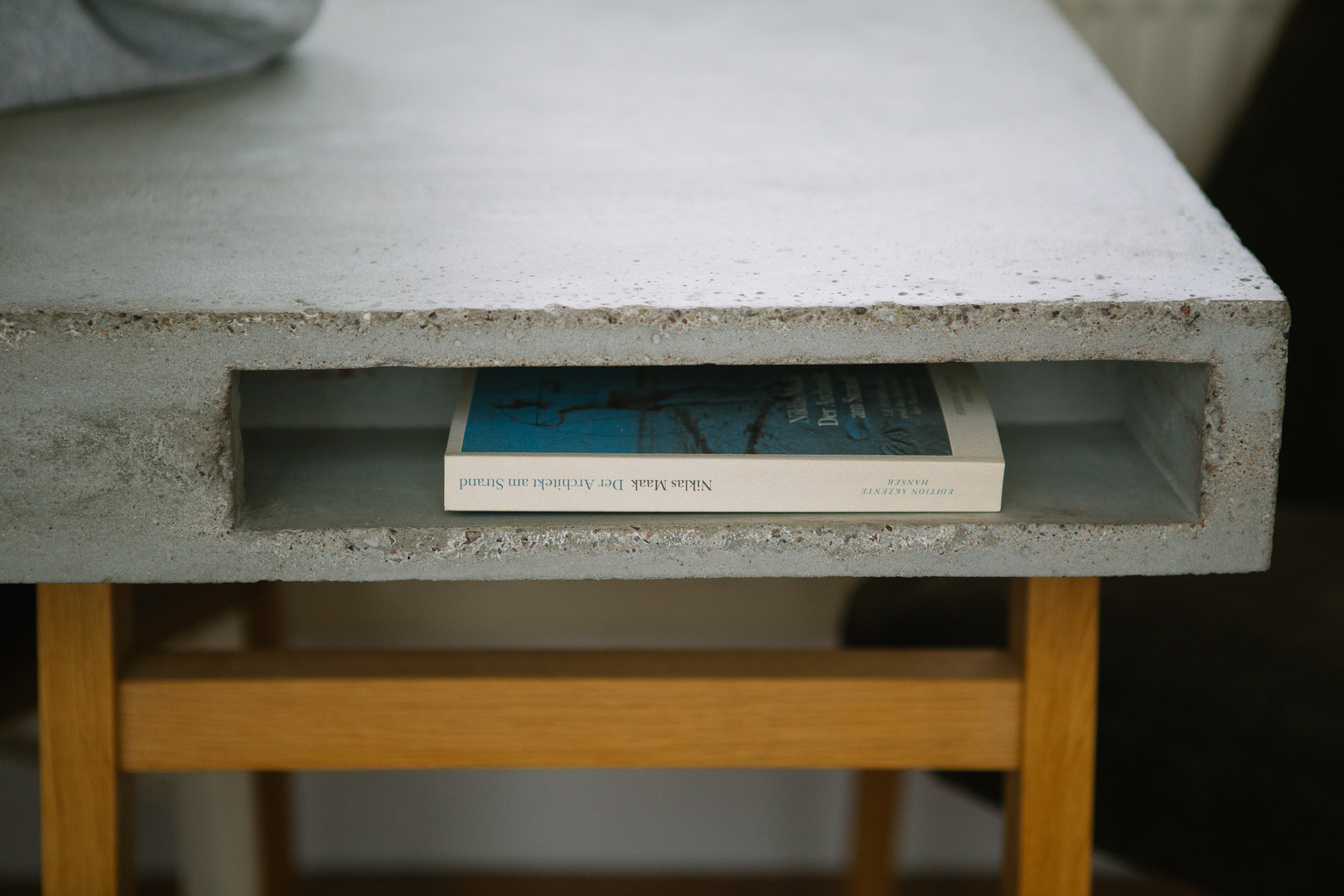
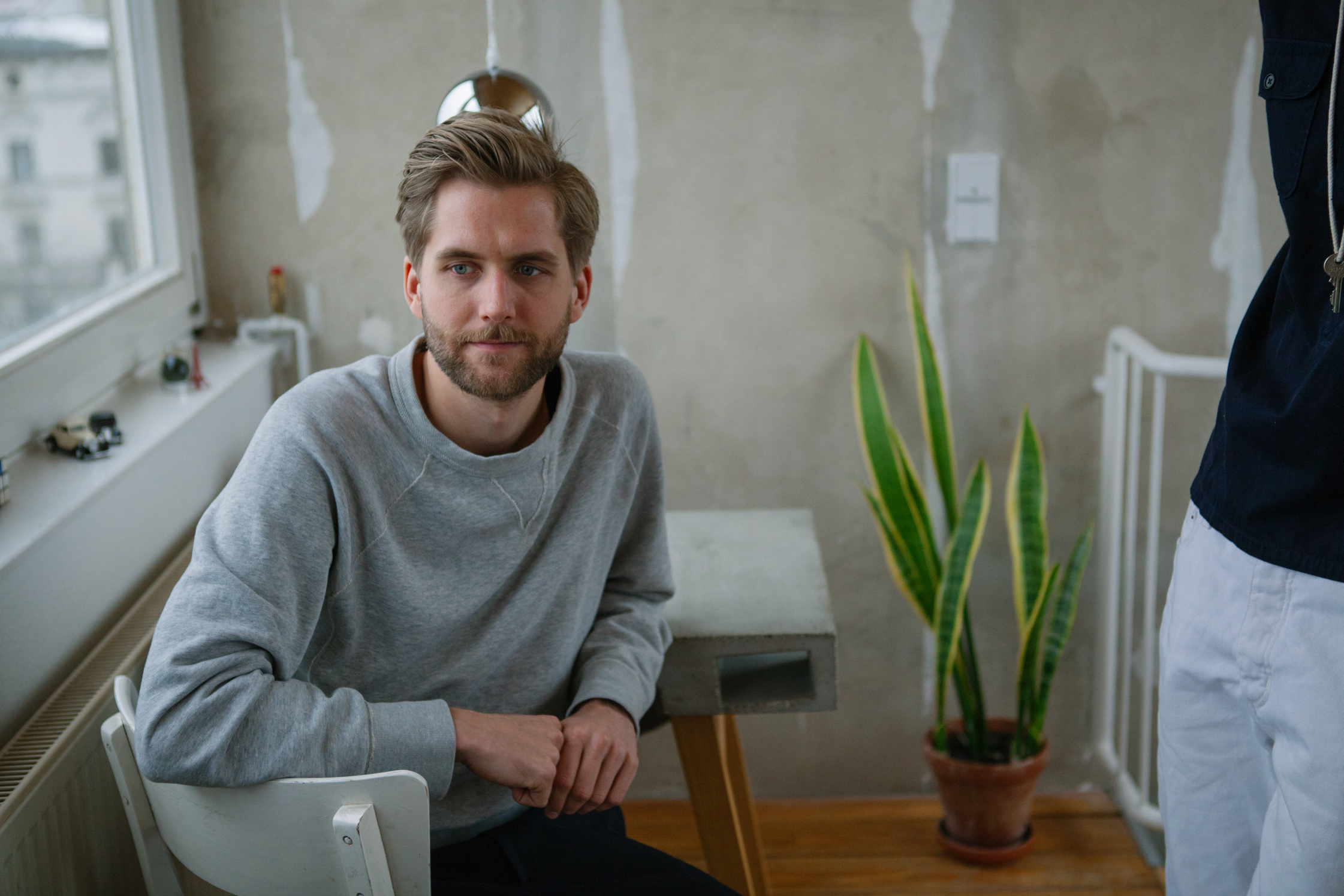
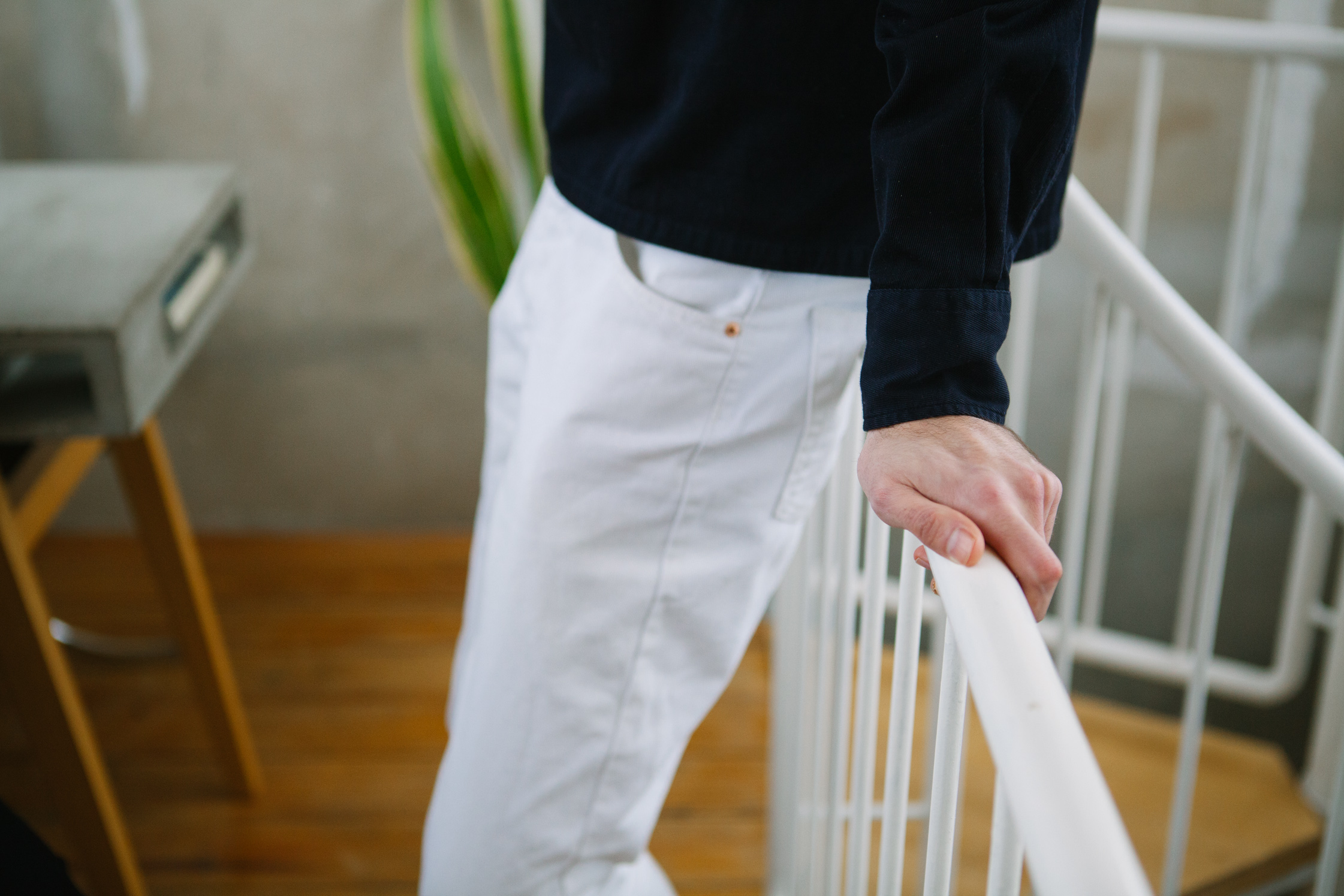
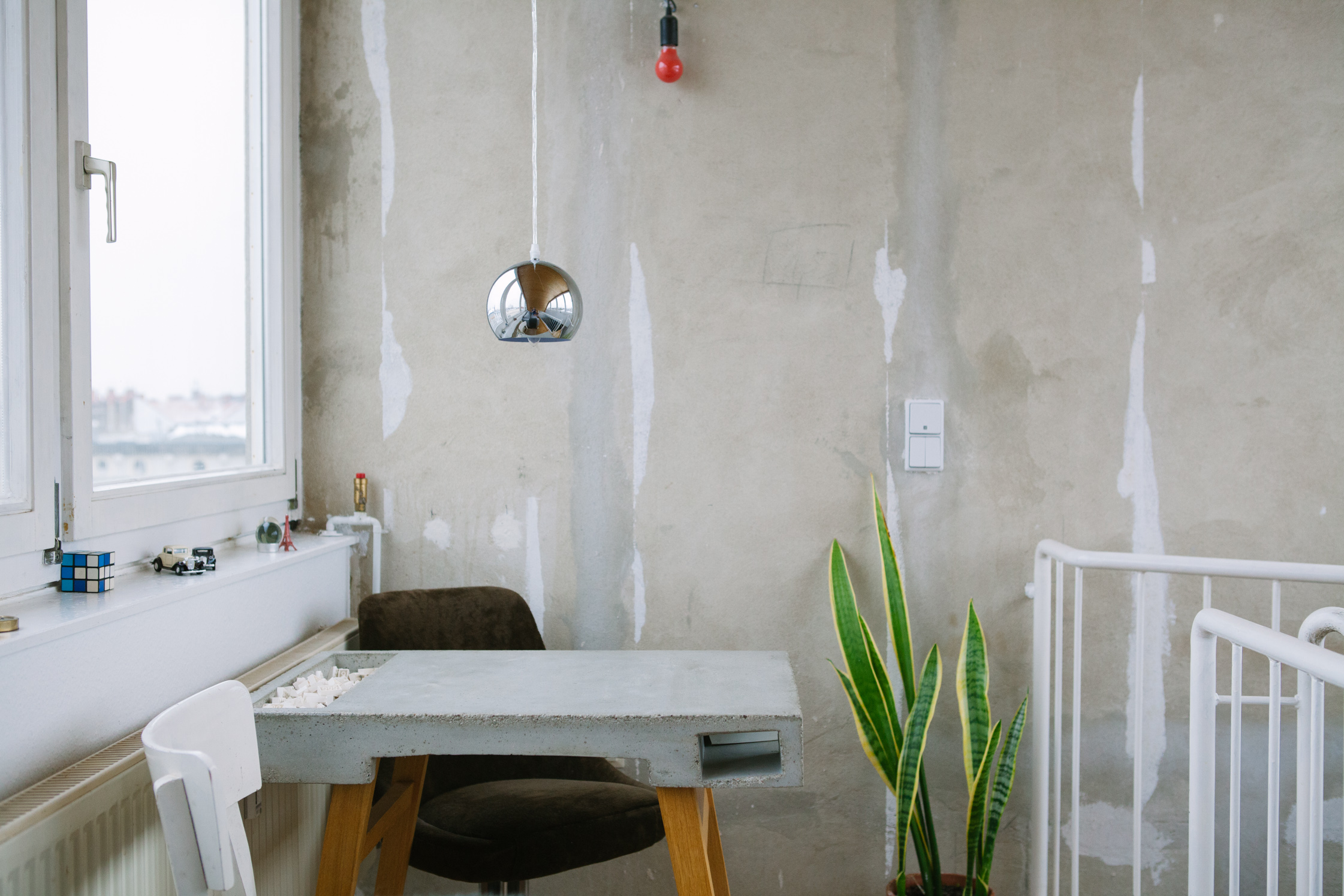
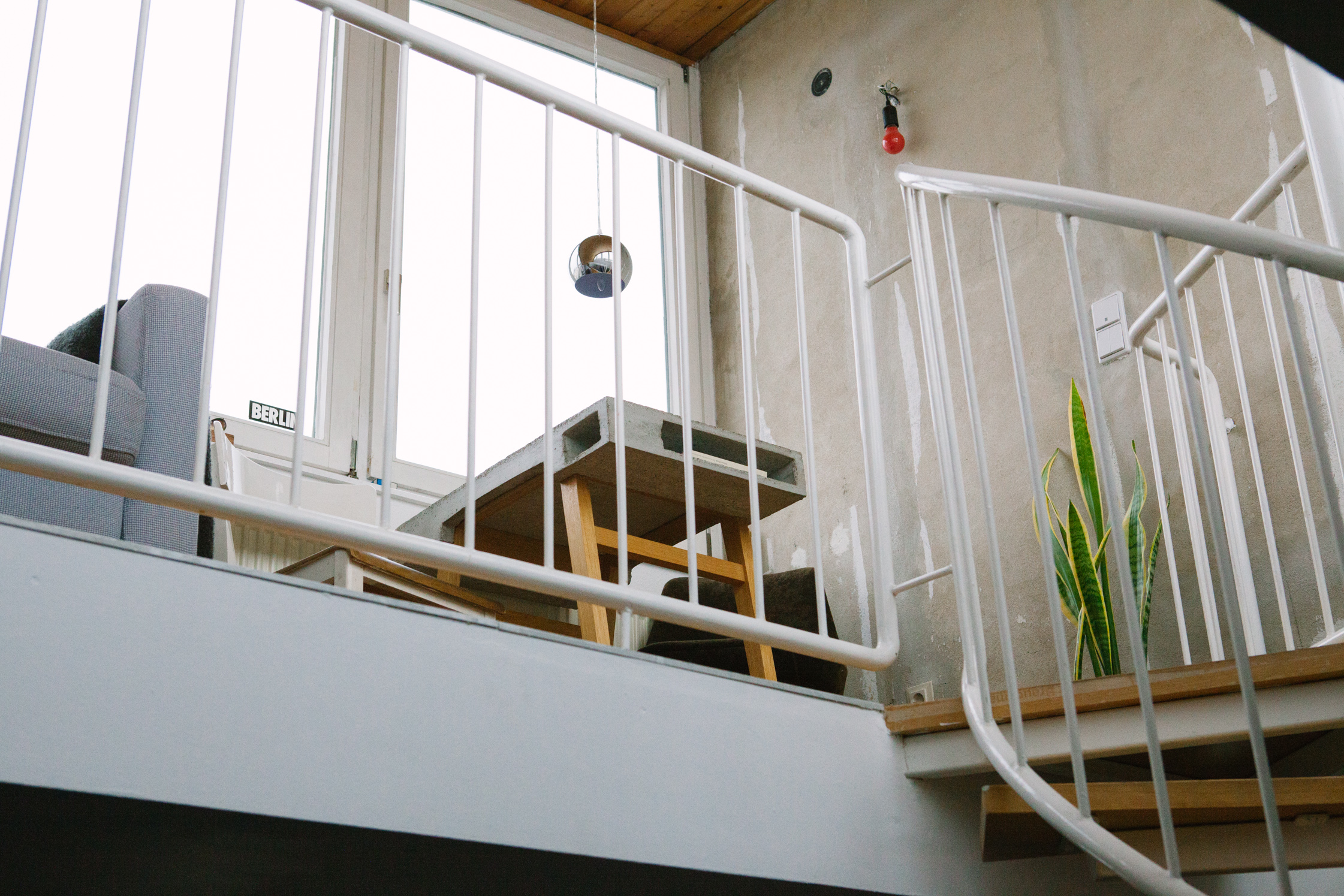
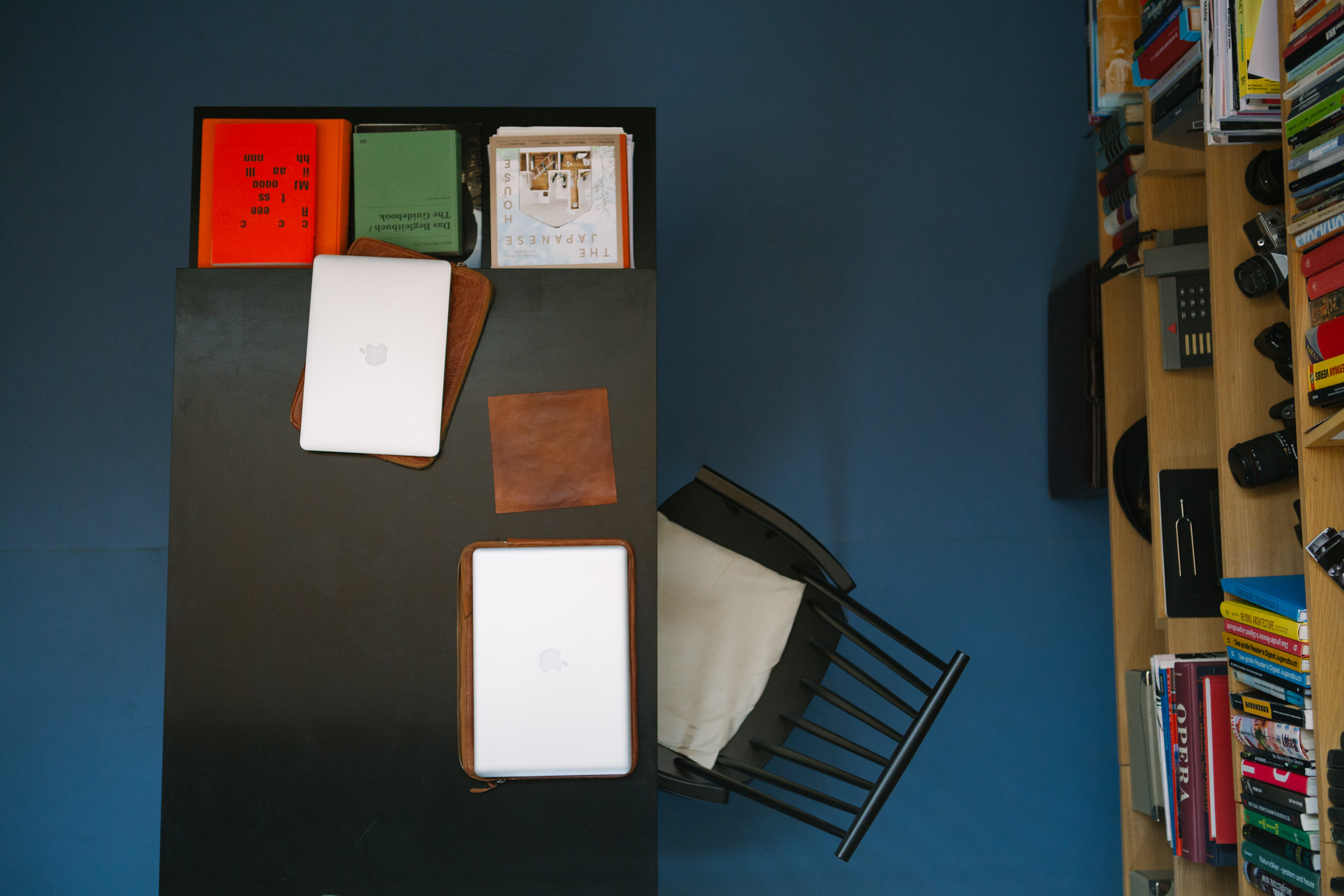
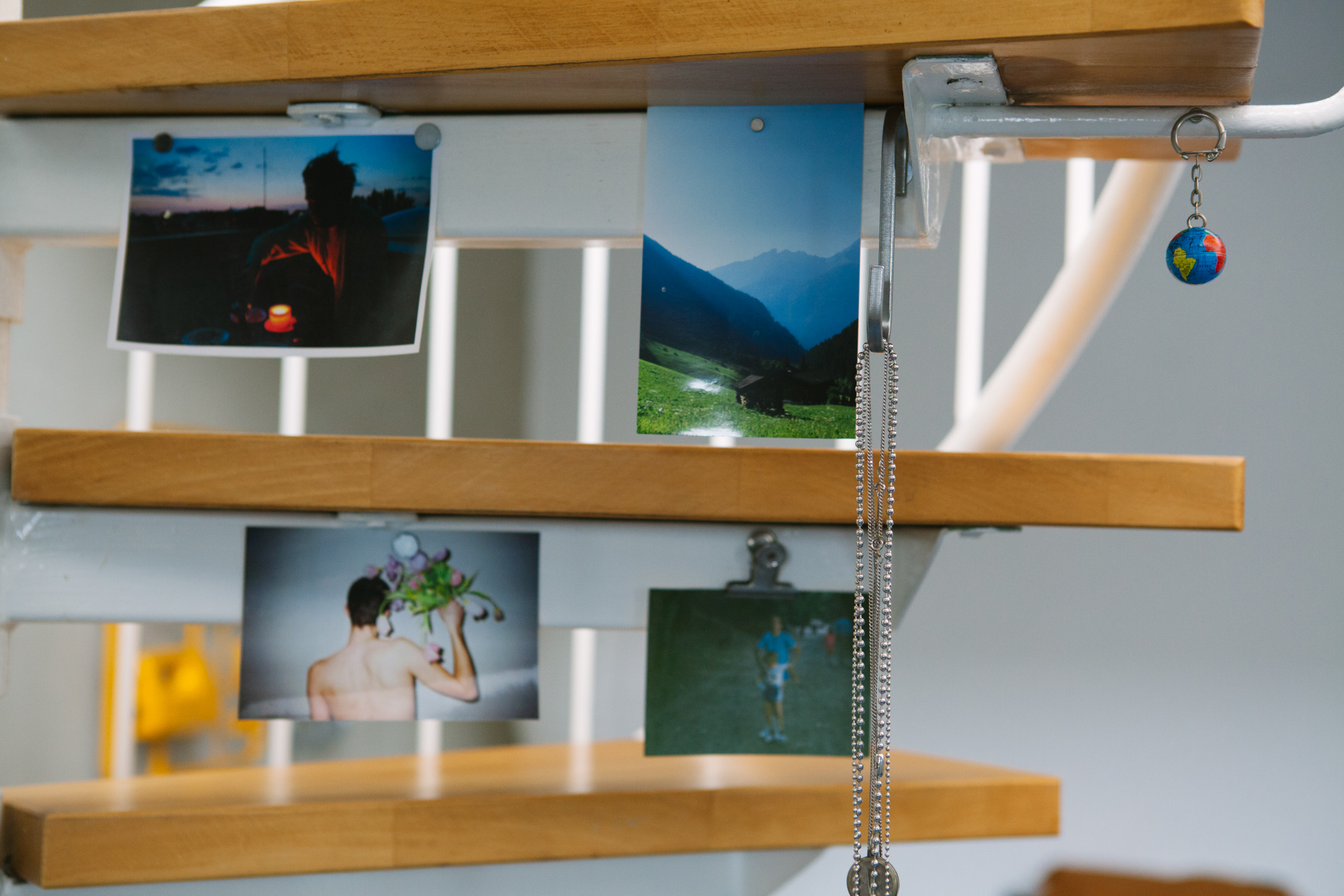
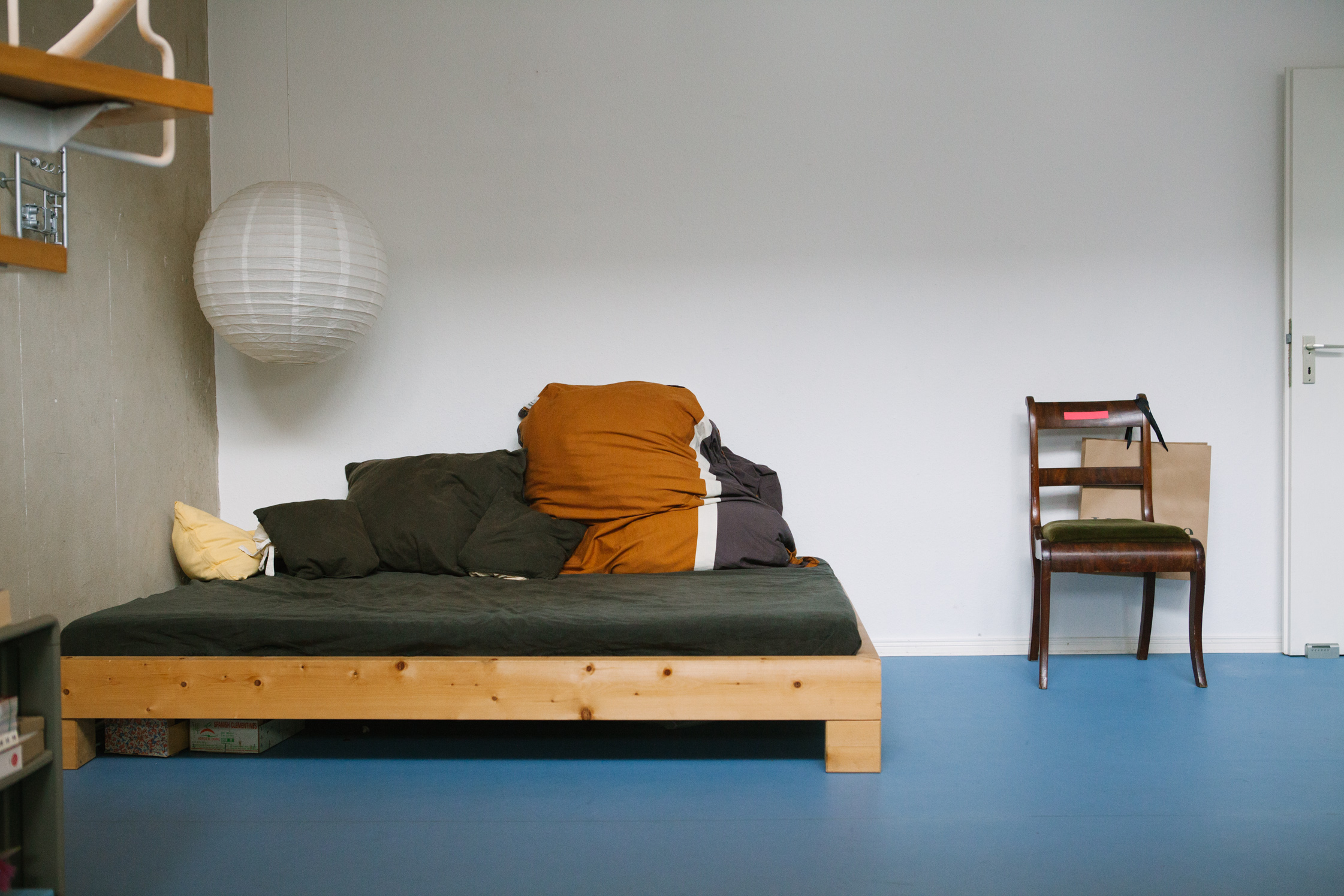
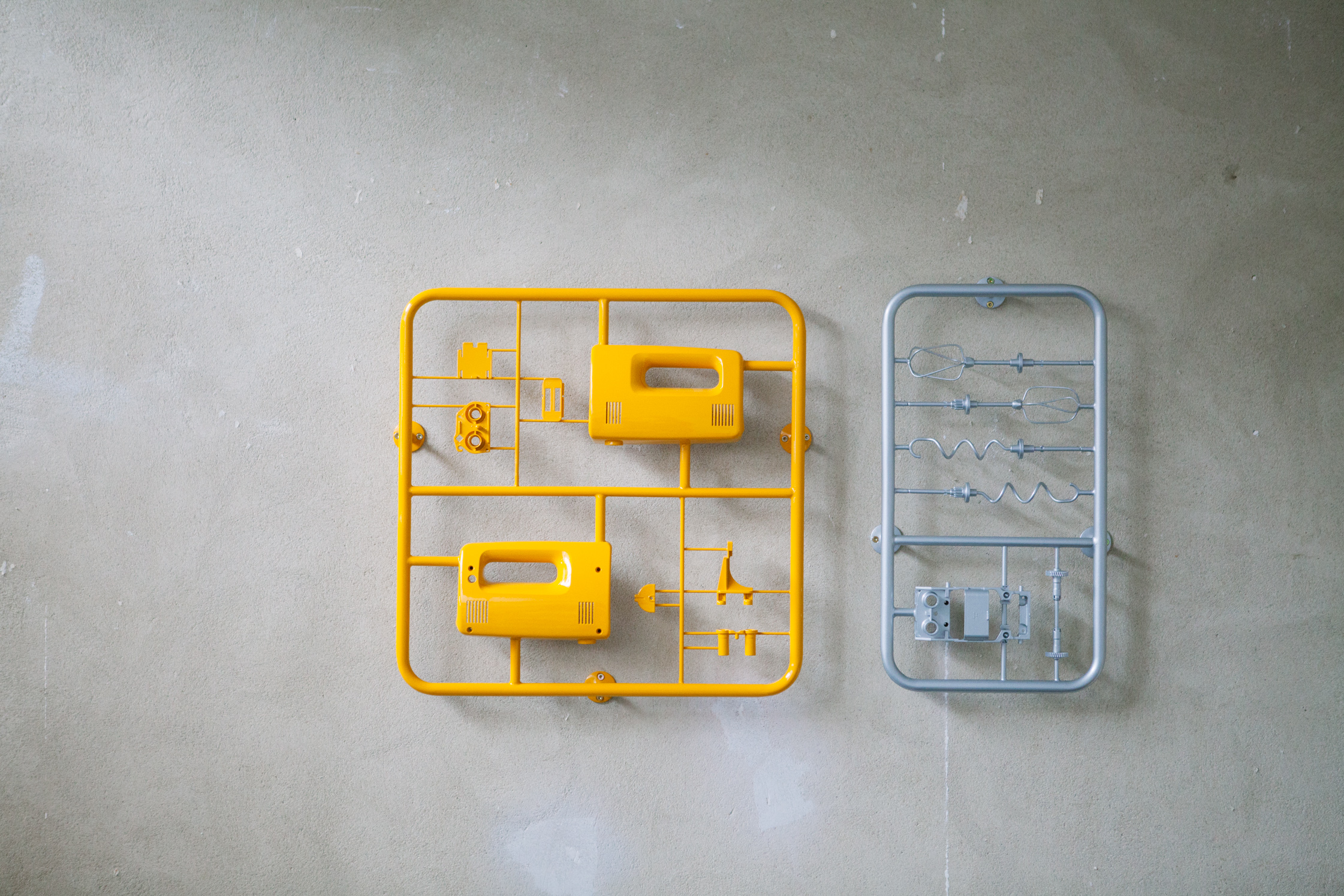

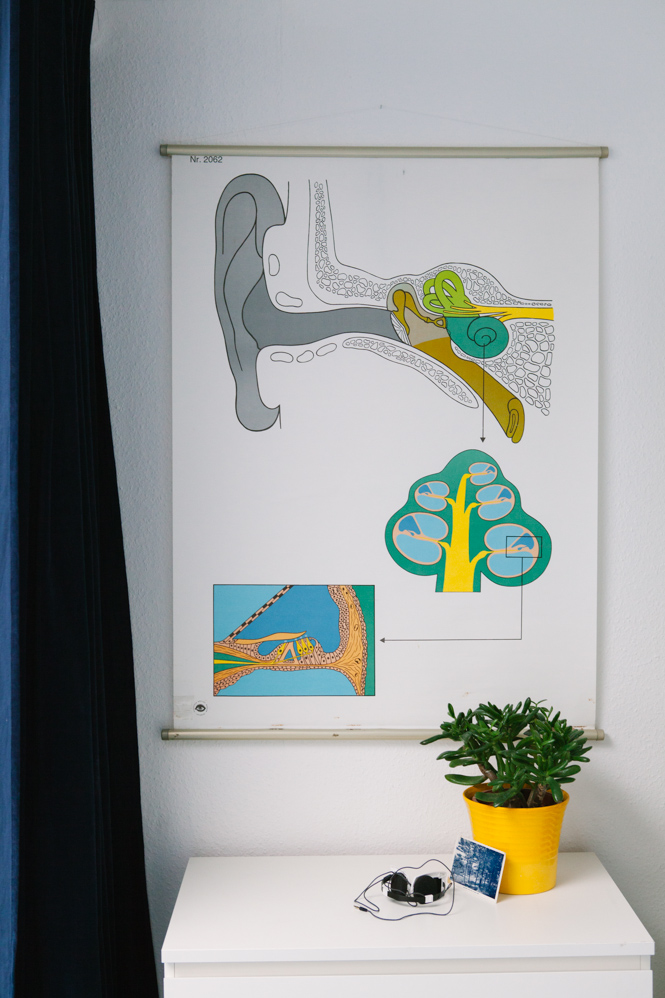
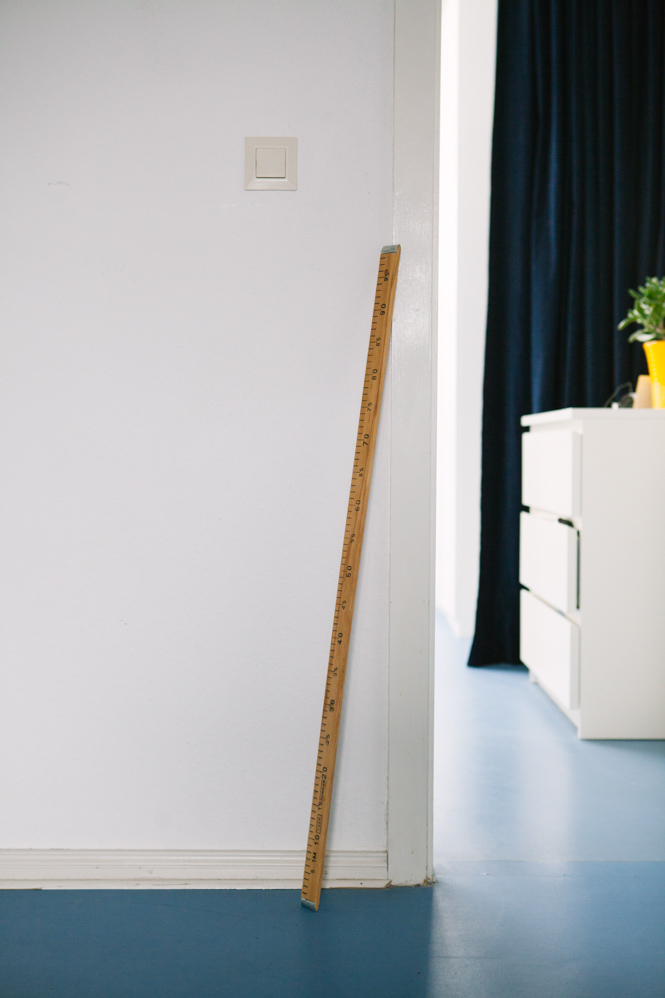
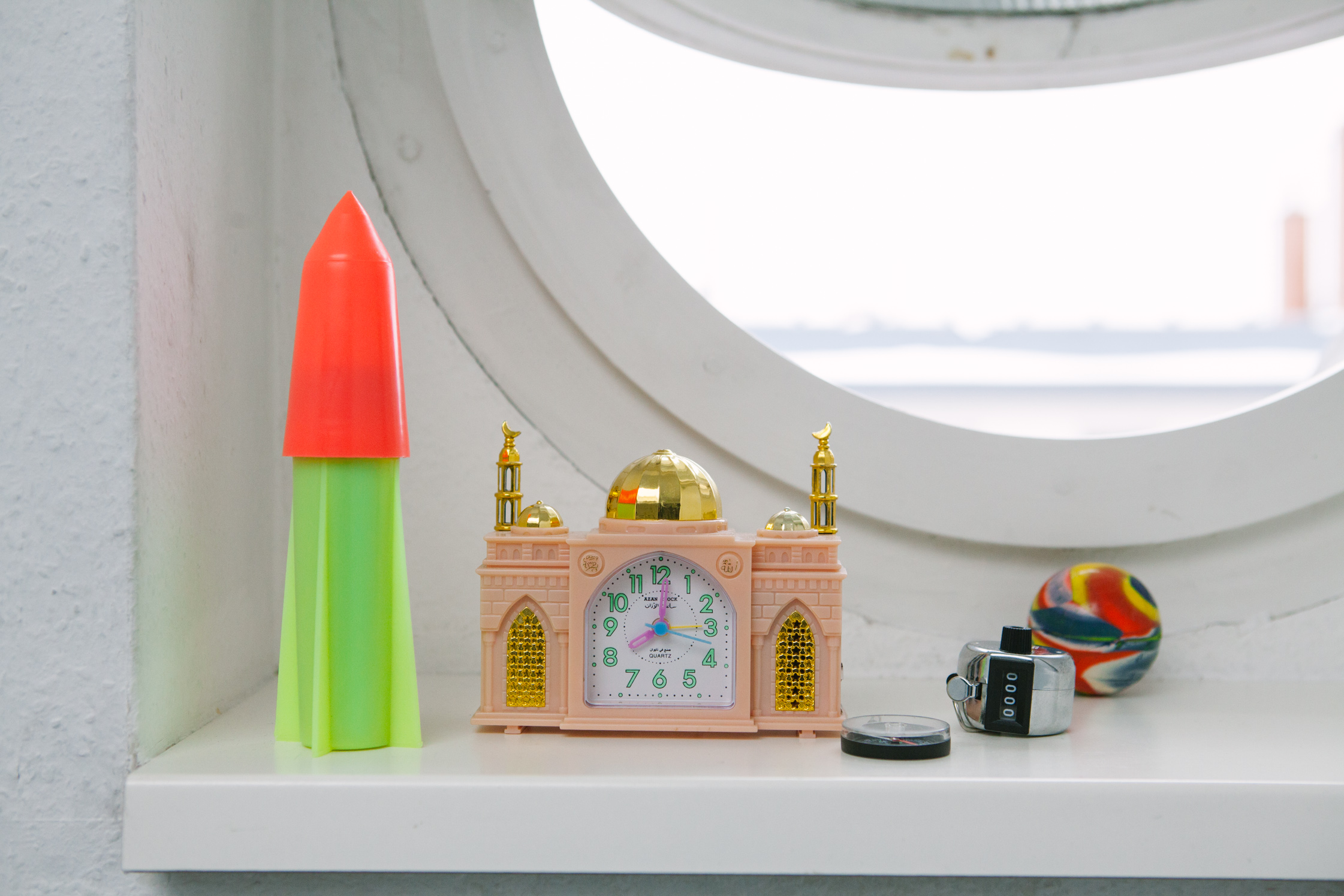
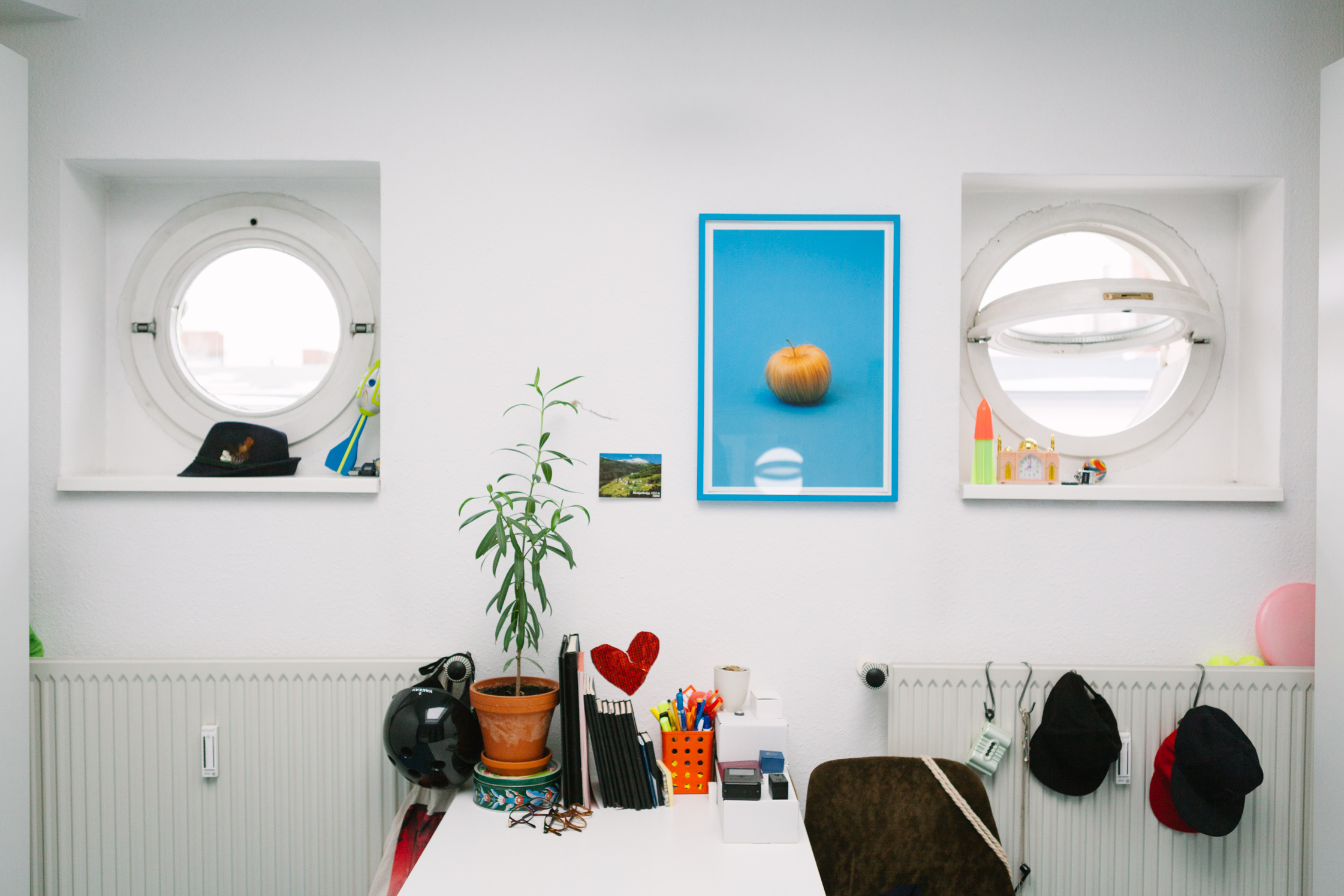
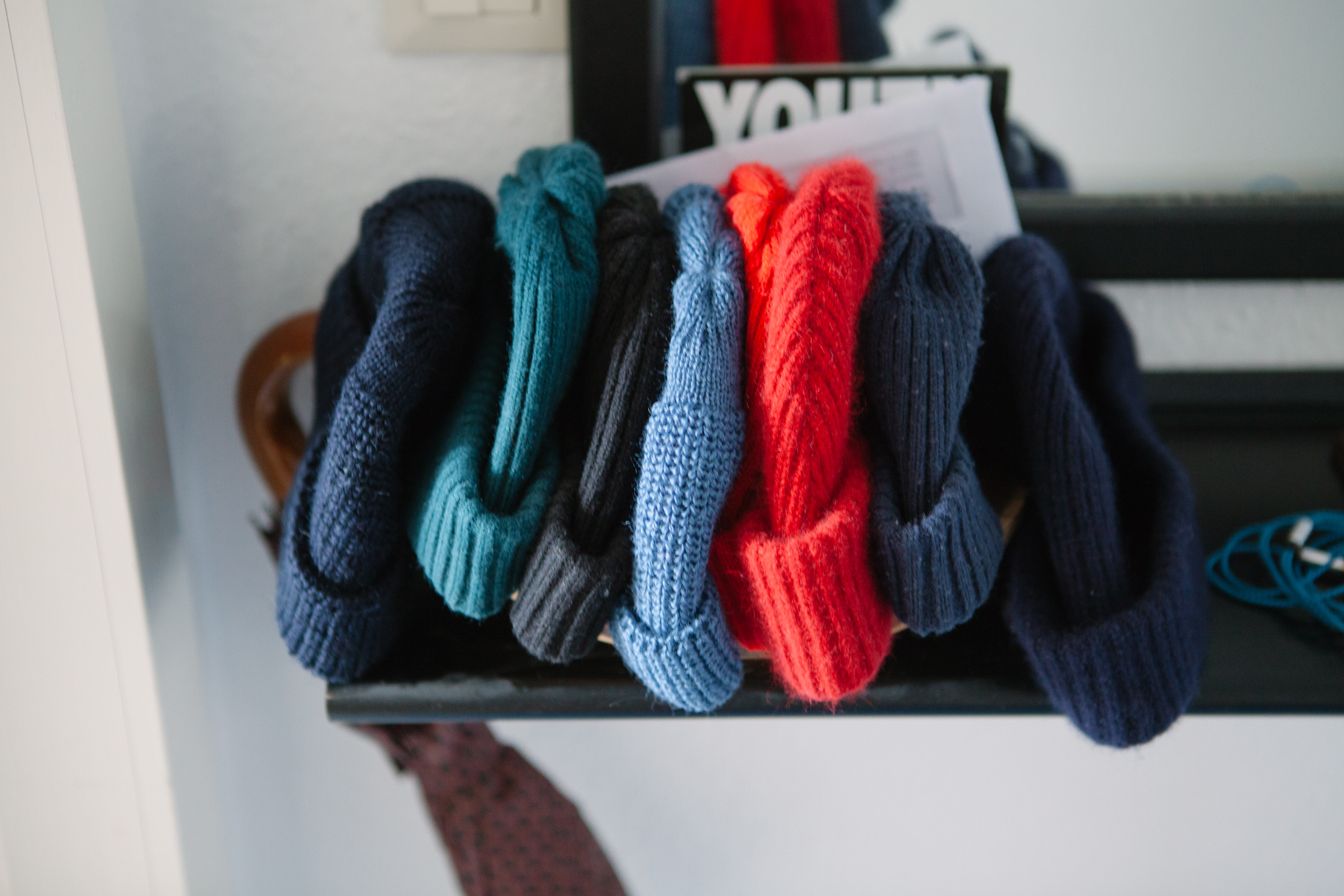
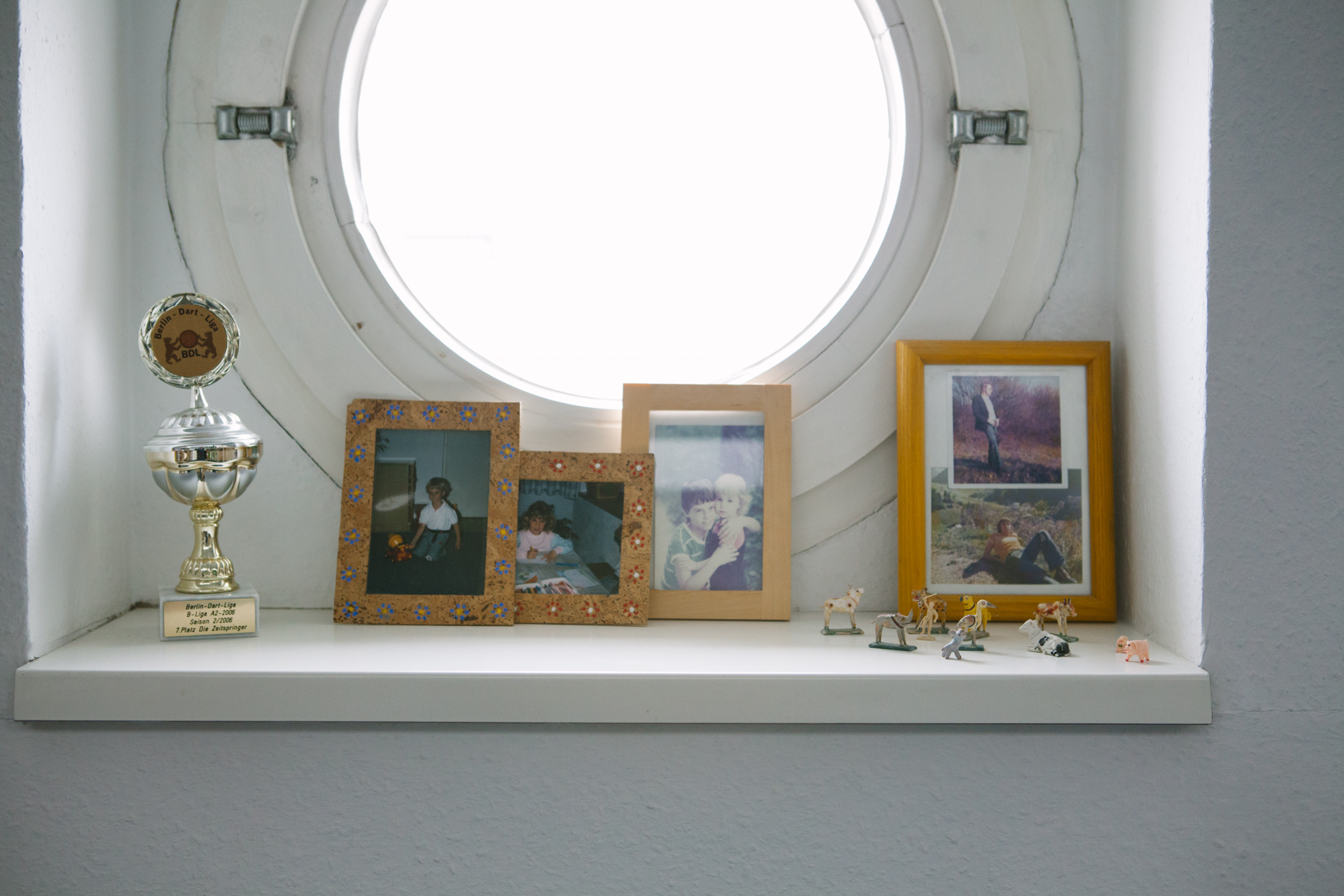
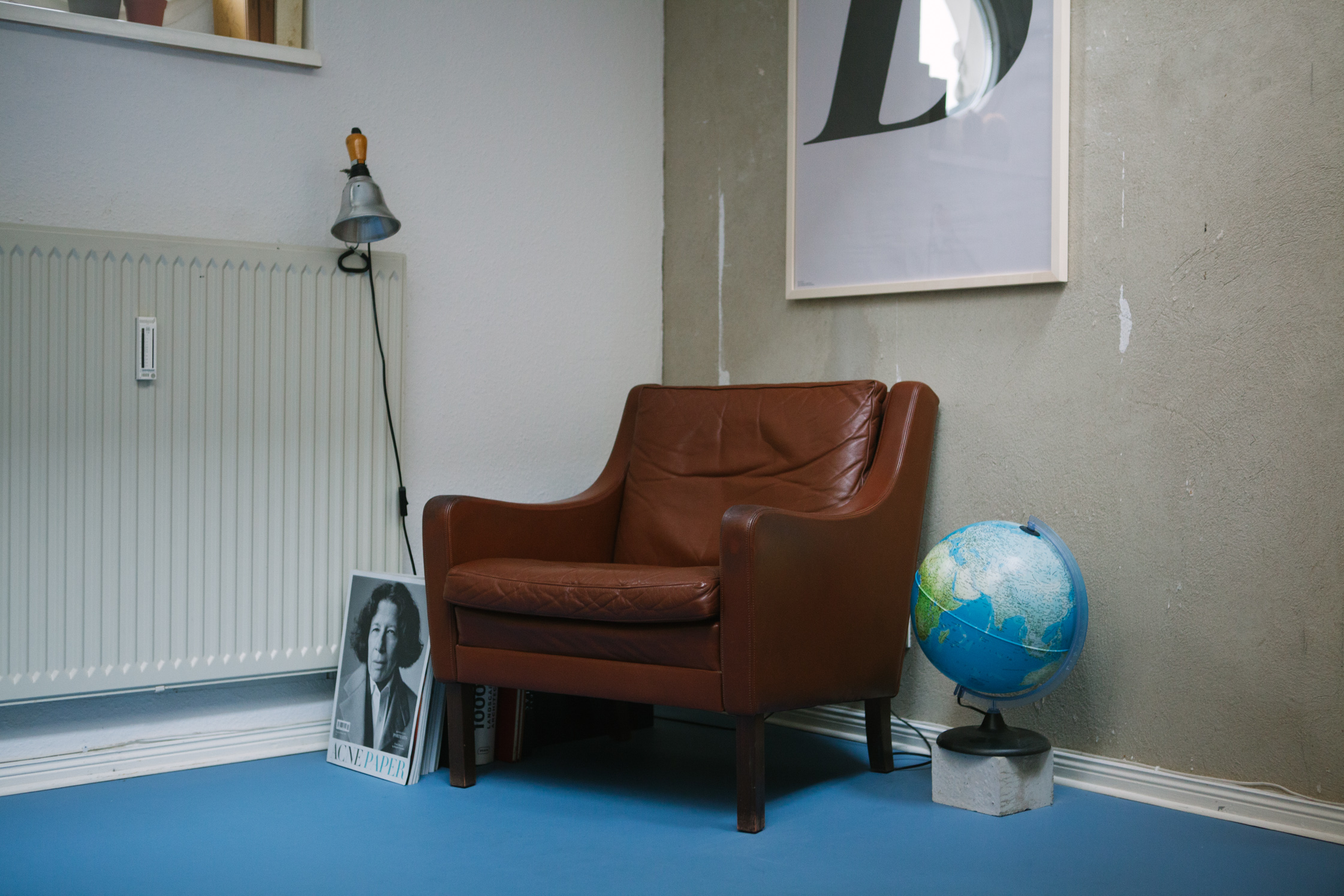
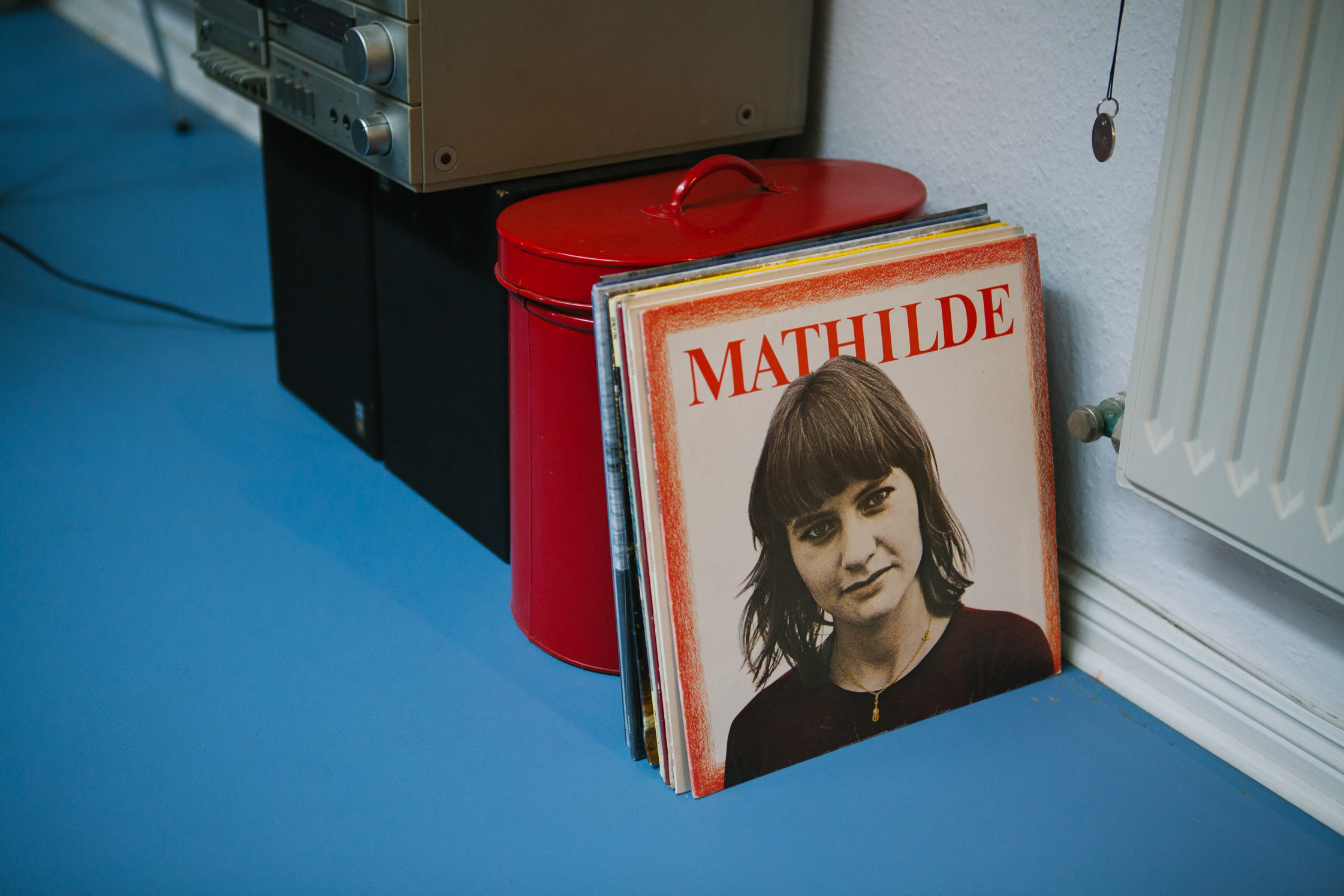
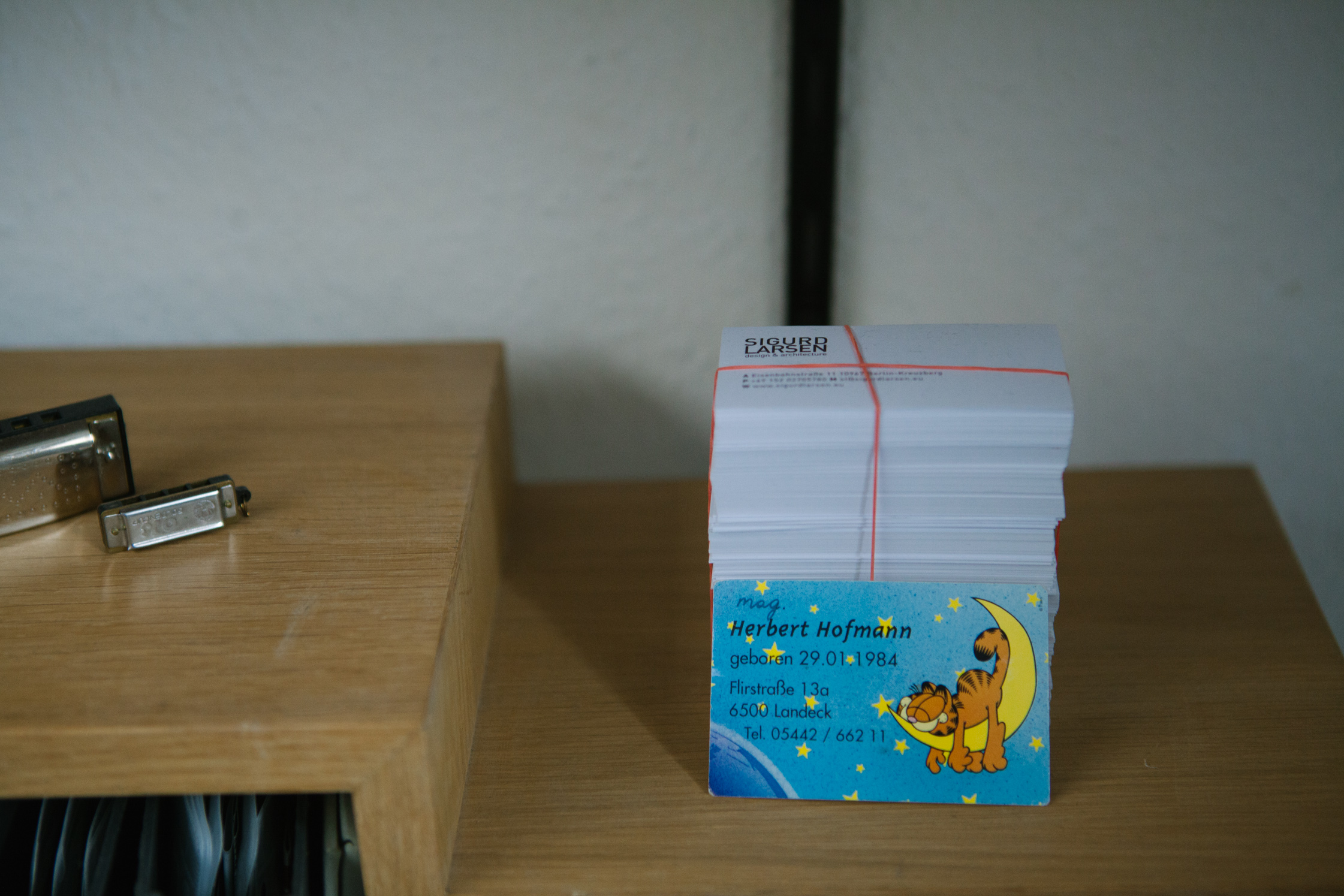
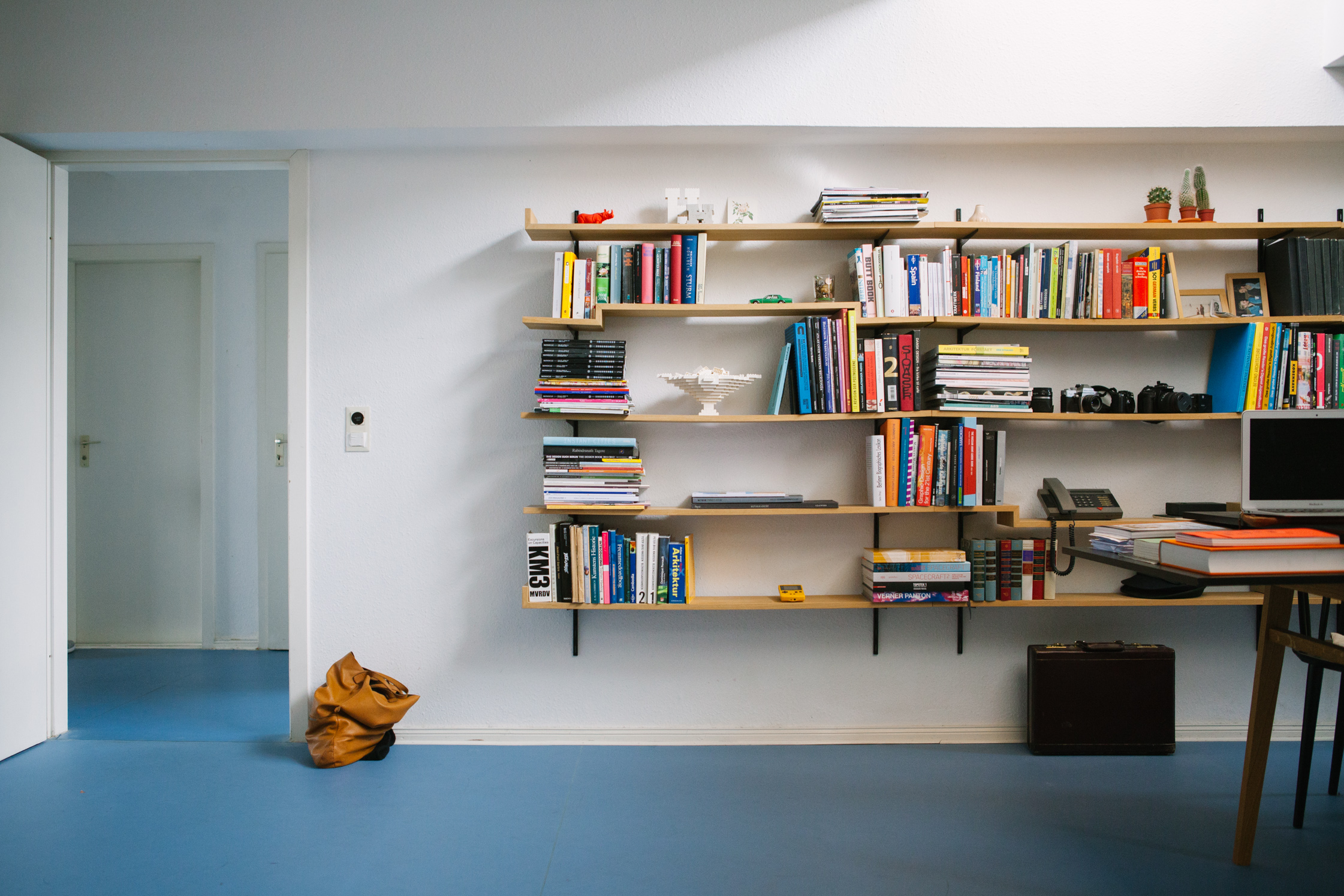
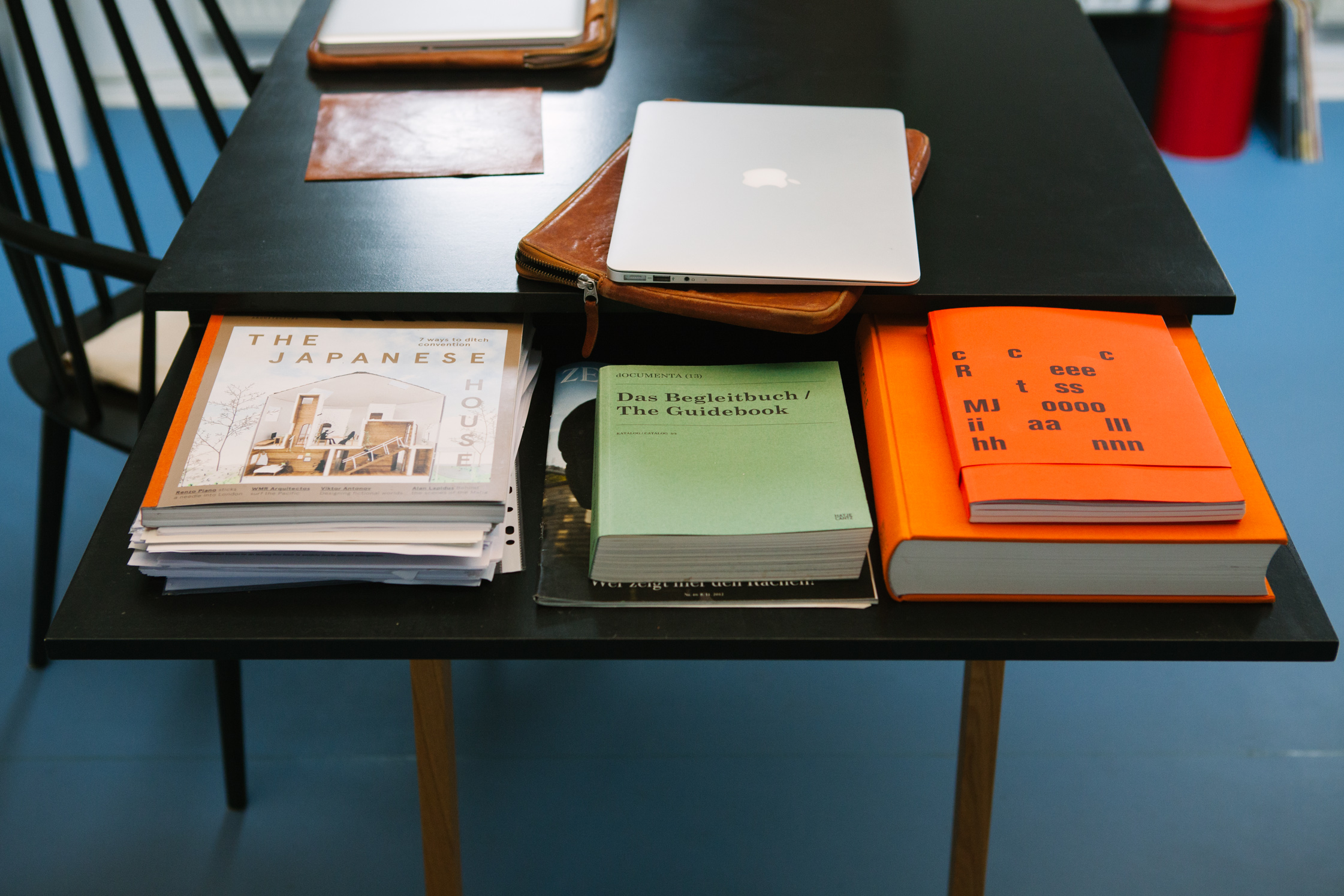
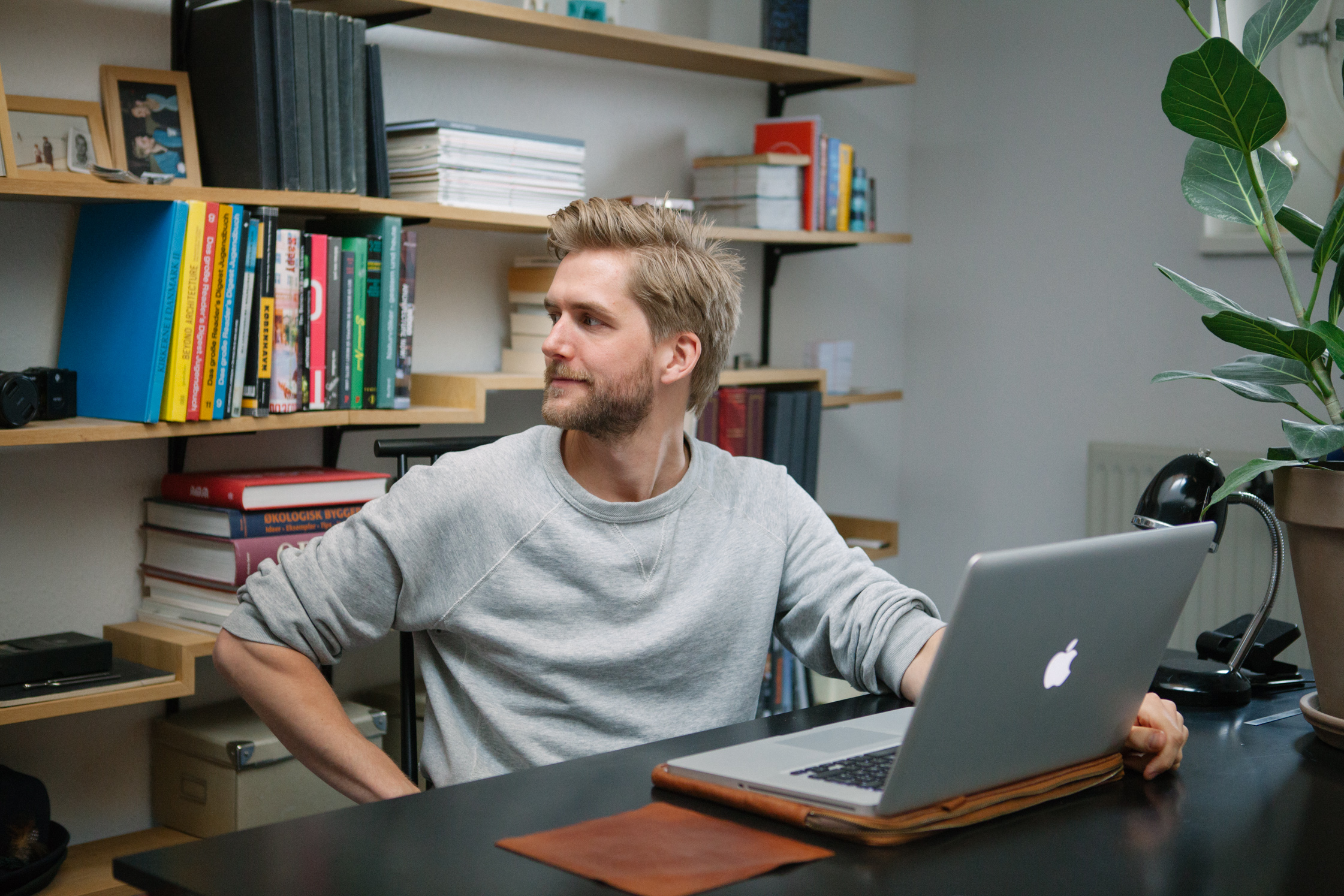
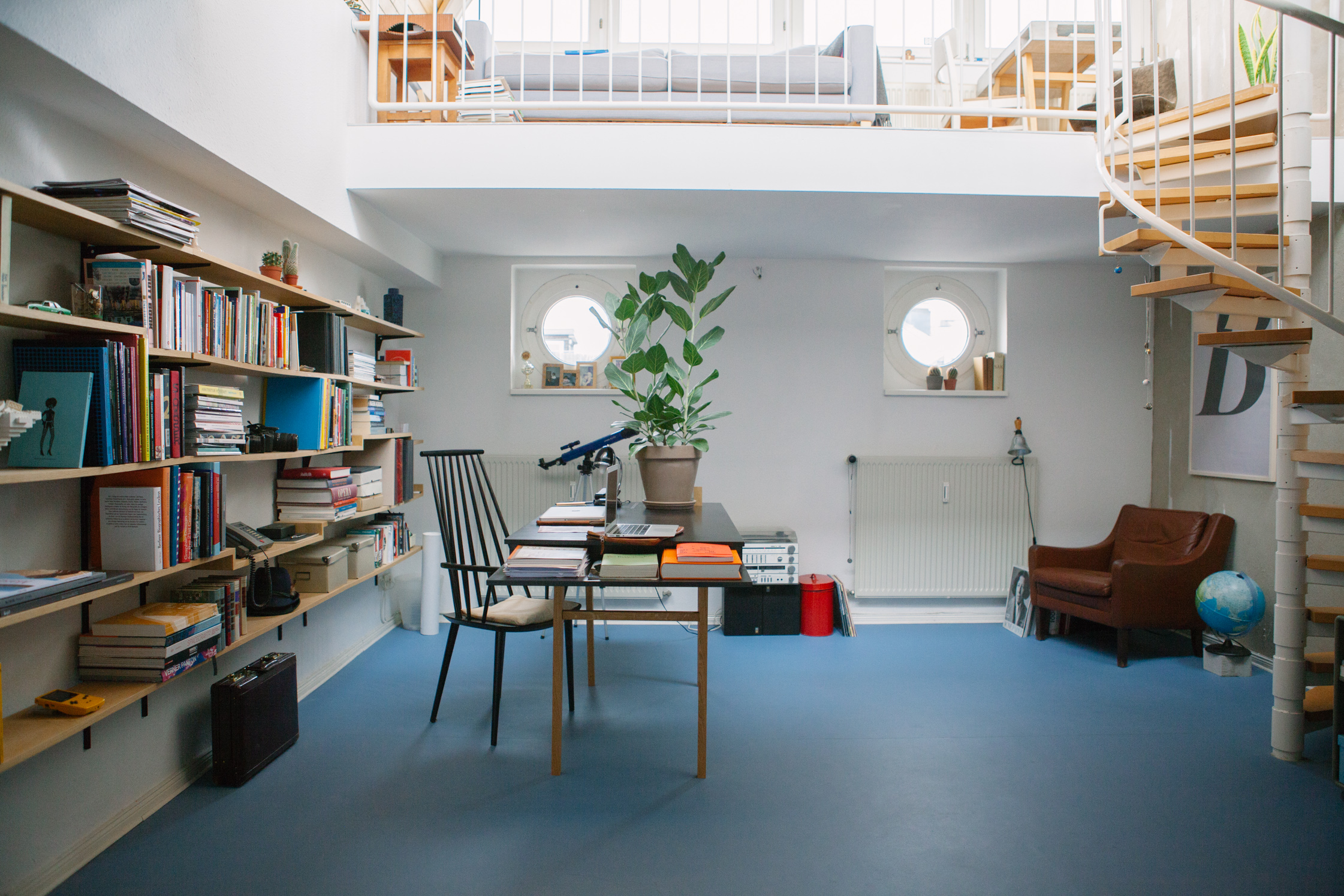
Herbert, where are you from? What brought you to Berlin?
Herbert: I am originally from Landeck, Tyrol. After school I studied geography in Innsbruck and Stockholm. Besides providing me with a lot of general knowledge, I learnt a lot of exciting facts and aspects. But in the long run it didn’t offer me the opportunity to evolve. After graduating in 2009 I went to Berlin where I had the desire to do something completely different for once. That was in 2009. However, I quickly realized I did not want to fall into this dangerous trap. After two months I had enough of the Berlin spirit which is often shaped by laying around, partying, and taking each day as it came.
You started your first job at the fashion PR Agency V.
Herbert: Exactly. Two friends had told me about their unsuccessful attempts to get a job there. I had never even heard its name before applying. I was taken on immediately and began an internship. I was specifically fascinated and influenced by the Scandinavian fashion, which was mainly represented at Agency V. I felt immediately comfortable at V and made many contacts within the field.
Did you had a strong interest in fashion during your university years?
Herbert: Of course. During university we would always go straight to the skiing slopes after class. My penchant for clothes was quite obvious due to my skiing outfits. Let’s just say it was much more thought through than the others! (laughs) If there were glacial-streetwear photographers I am sure I would have appeared in one or two pictures.
Where and when did you meet Sigurd?
Herbert: Oddly enough at Berghain.
Sigurd: I don’t know many people who met at Berghain and have still reamined together after four years.
Herbert: That night Sigurd was dressed up as Karl Lagerfeld. He had tampons in his hair and everybody thought he was supposed to represent Mozart. It probably wasn’t the perfect first meeting. A few months later on the first of May we met again through some mutual friends. That time it was a bit different.
Sigurd, when did you arrive at Berlin?
Sigurd: I studied in Copenhagen and spent two years in New York at OMA/Rem Koolhaas and Rotterdam at MVRDV during my studies. Then the first job offer came along from Berlin. First I worked for Topotek1 in 2008. After a year and a half I became self-employed. At the moment I am also a assistant professor at UDK.
What projects are you currently working on?
Sigurd: I am working on several furniture projects which are being sold in Berlin and Copenhagen. My most exciting project is definitely the dance theatre in Bordeaux, which I supervise with two established architects. Hopefully this project will be finished in the coming years. The building is about 1,500 square meters and offers a very exciting working process. Generally, my work oscillates between furniture art, interior and architecture.
What is it like to work in two different fields?
Sigurd: In general it is nothing unusual that architects fabricate furniture design. Most often furniture designers don’t have direct clients. So often this dialogue is lacking. One works like an artist and sets a personal budget and is able to focus on the smallest details. Actually furniture design is the small scale of design drafts in architecture.
You work a lot with the elements cement and wood. Where did this idea come from to unite such opposite materials?
Sigurd: Above all wood and cement are timeless. Both materials become more beautiful through errors and the evidence of time. I like it when a wooden table is worn out and perhaps carries visible wine stains, or when an edge has broken off a concrete slab. Perhaps my fascination for imperfection stems from the contrary influences as a child: at home we had a slab of slate and a snow-white couch.
I imagine it is quite hard to work with cement.
Sigurd: In a way it is a very thankless passion. I had to fabricate the very first tables in our basement and then had to carry each sheet upstairs so they could dry.
Herbert: I was really mad at you.
Sigurd: When I exhibited my work during the DMY in 2012, a Japanese girl put up her paper lamp design next to me. I thought to myself, ‘I have done everything wrong.’
One of the most famous products is the ‘Shrine.’ How did the concept originate?
Sigurd: I have had the idea in my head forever. To be honest, I had done the prototype for the ‘Shrine‘ when I was nine years old. I wanted to build something in which I could hide all secrets. I never thought I would translate it into such a form one day.
How did you get this flat?
Sigurd: Before I was allowed to move in, a friend of the brother of my sister’s ex-boyfriend lived here. When he left Berlin he wanted to make sure that this ‘unique’ apartment would stay within a familiar circle. In the first years living here I shared it with a friend from Denmark.
Herbert: After our second meeting I was having breakfast at Sigurd’s flat. The moment I arrived I had to grin. The house in my hometown as well as my very first flat in Berlin also had the number eleven. That was already an omen. After our date I met with friends at a cafe and told them right away, ‘Wow, I met this guy yesterday and he has the most amazing flat.’ I wanted to move in right away.
What is your favorite object and the most important element within this space?
Sigurd: The flat doesn’t exist through the wonderful material or its size, but through the brightness and the amazing view. The light during the summer makes you believe you are living in a space double its actual size. The foresight reminds me of home. I never lived more than a few hundred meters away from the sea in Denmark. Unfortunately, one is always in between tight streets in Berlin. Our roof deck access and the view above surrounding buildings is a worthy compensation.
Herbert, you probably have your own interpretation.
Herbert: Exactly. My background is also referenced in this setting: I stand on the mountain in Tyrol and overlook the valley. This apartment is the perfect compensation for both of our family homes.
Austrian and Danish mentality are quite different. Are you often in situations where fundamental values and ingrained mentalities clash?
Herbert: Yes. Small things already show how differently we grew up. For me it was almost like a cultural shock when I visited Denmark the first time. The Danes have a very different sense of aesthetic. The chair J110 by Hay, which we have in our living room, can be bought at the supermarket in Denmark. Something I really appreciate and realise about Sigurd is that he is so uncomplicated. He is so casual, something that would be outrageous in Austria. We recently went to the Citizens Registration Office and Sigurd says to the official when leaving: ‘Cool, I’ll just send you an email later.’
Sigurd: In Denmark the office functions as a service and not as an authority.
Herbert: The poor woman almost fell of her chair.
Berlin is full of creative people who have a hard time establishing themselves. What do you need in order to be successful in this large pool of creative artists and young entrepreneurs?
Sigurd: This will sound quite banal but one just needs to do it. No one is able to be self-employed and blindly wait for the money to arrive. One has to start small.
Herbert: Sigurd is the best example. He made a table that perfectly transmits his vision of design. If one takes a few good pictures of the object, stands a hundred percent behind it, and is surrounded by the right people, you’ll get somewhere. My friends Yasin & Kaan, owners of Luzia and Voo, also came to Berlin to study. They had brothers who had a bar which really was going well. They gave it up and opened Luzia. Eventually they had enough money in order to open up a fashion store. That is the simple story of success of Voo Store.
This is somewhere you have been working at for a while. What is your job?
Herbert: I am the Creative Director and have my hands in everything. I choose every product that stands in the store. I drive across all of Europe to fairs and arrange the store to what it is now.
What is the difference between Voo and other concept stores?
Herbert: The most important goal was and is to create a comfortable space. Of course, our choice of product has an important focus. But it has always been important not to create a temple of consumerism. We always wanted to create a living-room atmosphere, a place where friends meet in order to buy a new dress, drink a coffee, encounter inspiration, or simply chill. In order to stay truthful to your own concept, it is important to not look right or left. One has to concentrate on what one does best.
A question that seems inevitable to dismiss: Why didn’t you open up the store in Mitte?
Herbert: We are located in a courtyard in Kreuzberg. That is generally something wonderful. There are not many walk-in customers, which is something we wanted. Then again, it is great to see the reaction of people who by chance walk into our store. Kreuzberg is not so much about consumerism and fashion. So within this sphere, Voo Store is a special, little oasis. Besides that, I am the biggest fan of Kreuzberg since arriving in Berlin. The Agency V moved into Graefestraße, I moved to Sigurd, and Voo Store opened in midst of Oranienstraße. Kreuzberg has everything that you need. I almost enjoy drinking a coffee at Bateau Ivre and get shouted at. This disharmony is stimulating.
When Voo Store opened it was part of this new world that slowly opened in this specific neighbourhood…
Herbert: Exactly. We realise this everyday. People come out of their homes like ants. There are increasingly more young creatives as well as rich people. Naturally, things change. But that happens in almost every neighborhood in Berlin.
Sigurd: When I visit Prenzlauer Berg, It doesn’t feel like Berlin to me.
What are your favourite spots in Kreuzberg?
Sigurd: I recently discovered the cemetery in Bergmannstraße. It might seem macabre but I consider that place magical.
Herbert: Even though it might be a cliché, I think there is nothing better than to sit with your friends at night at the Canal and drink Radlers. Many friends who live in very different parts of the city, come to Paul-Lincke-Ufer almost everyday. It is a bit like summer in Paris.
Can you imagine moving somewhere else?
Sigurd: Right now I can only say that Berlin is perfect for me. I can be in Copenhagen in 40 minutes by plane. My home country is almost reachable, yet I am in a completely different country. One is able to adapt very quickly yet continually become more curious. I love being a foreigner here.
Herbert: As an old man I see myself in a cozy house in Tirol. And in the summers, of course, in Copenhagen. That would be the perfect perspective, our perfect life together.
Many thanks to Herbert and Sigurd for giving us a tour of their little oasis in Kreuzberg. Check out the Voo Store online here. Find out more about the multifaceted work of Sigurd Larsen on his website.
Photography: Philipp Langenheim
Interview & Text: Zsuzsanna Toth
